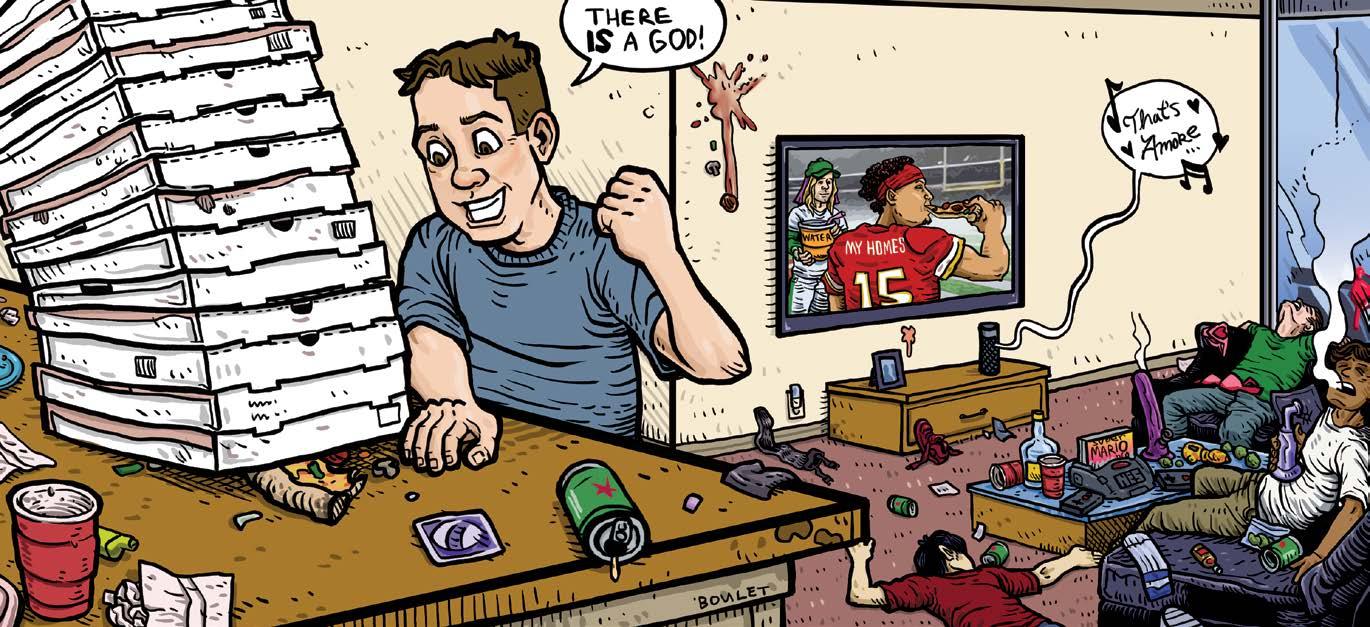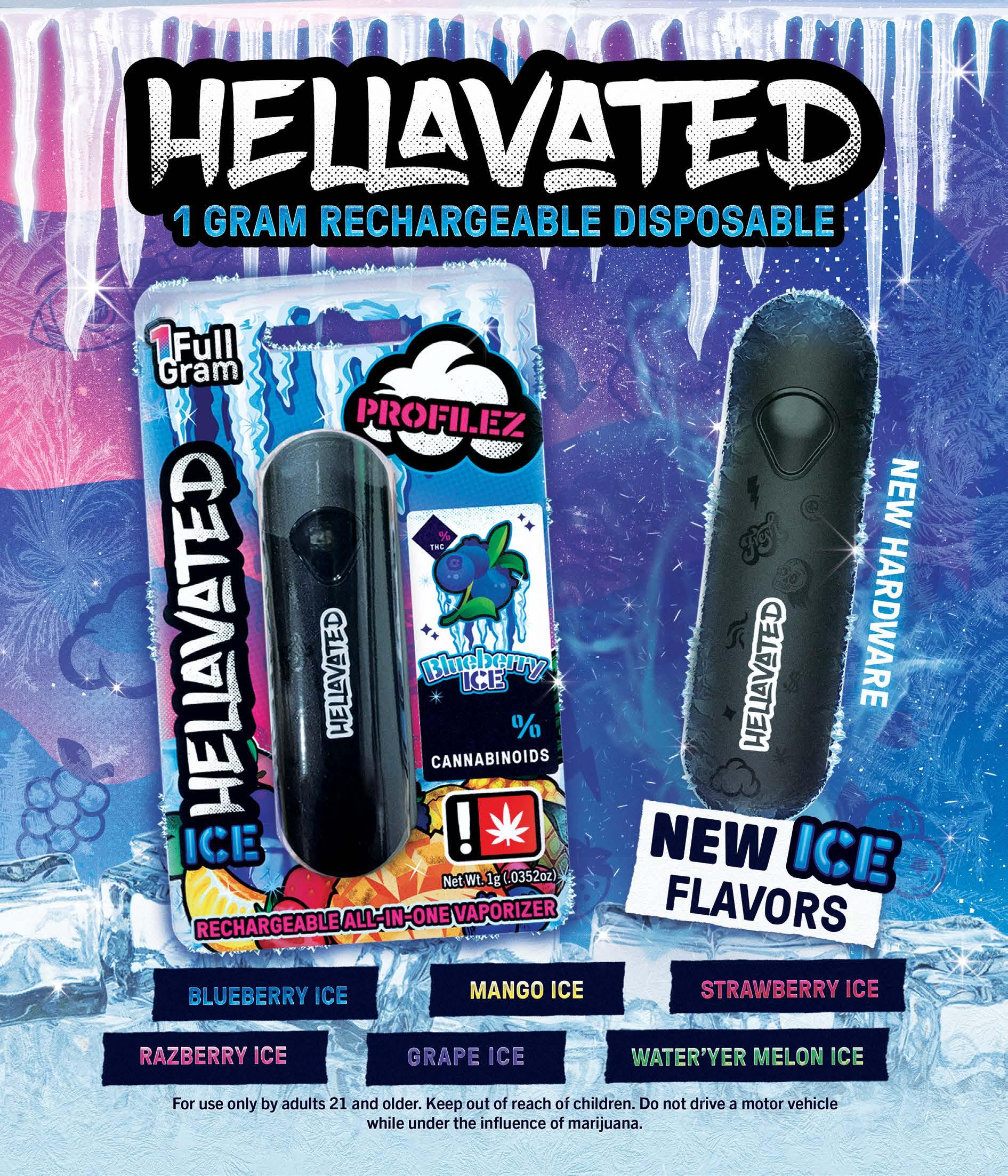gary payton
The Hall of Famer, Olympian, and nine-time NBA All Star talks Cannabis, the popular strain named after him, and life after basketball.
// pg. 28
PSYCHEDELIC ROCK ART
// pg. 32
SCULPTURAL JOINTS
// pg. 36
CYPRESS HILL
// pg. 42





The Hall of Famer, Olympian, and nine-time NBA All Star talks Cannabis, the popular strain named after him, and life after basketball.
// pg. 28
PSYCHEDELIC ROCK ART
// pg. 32
SCULPTURAL JOINTS
// pg. 36
CYPRESS HILL
// pg. 42







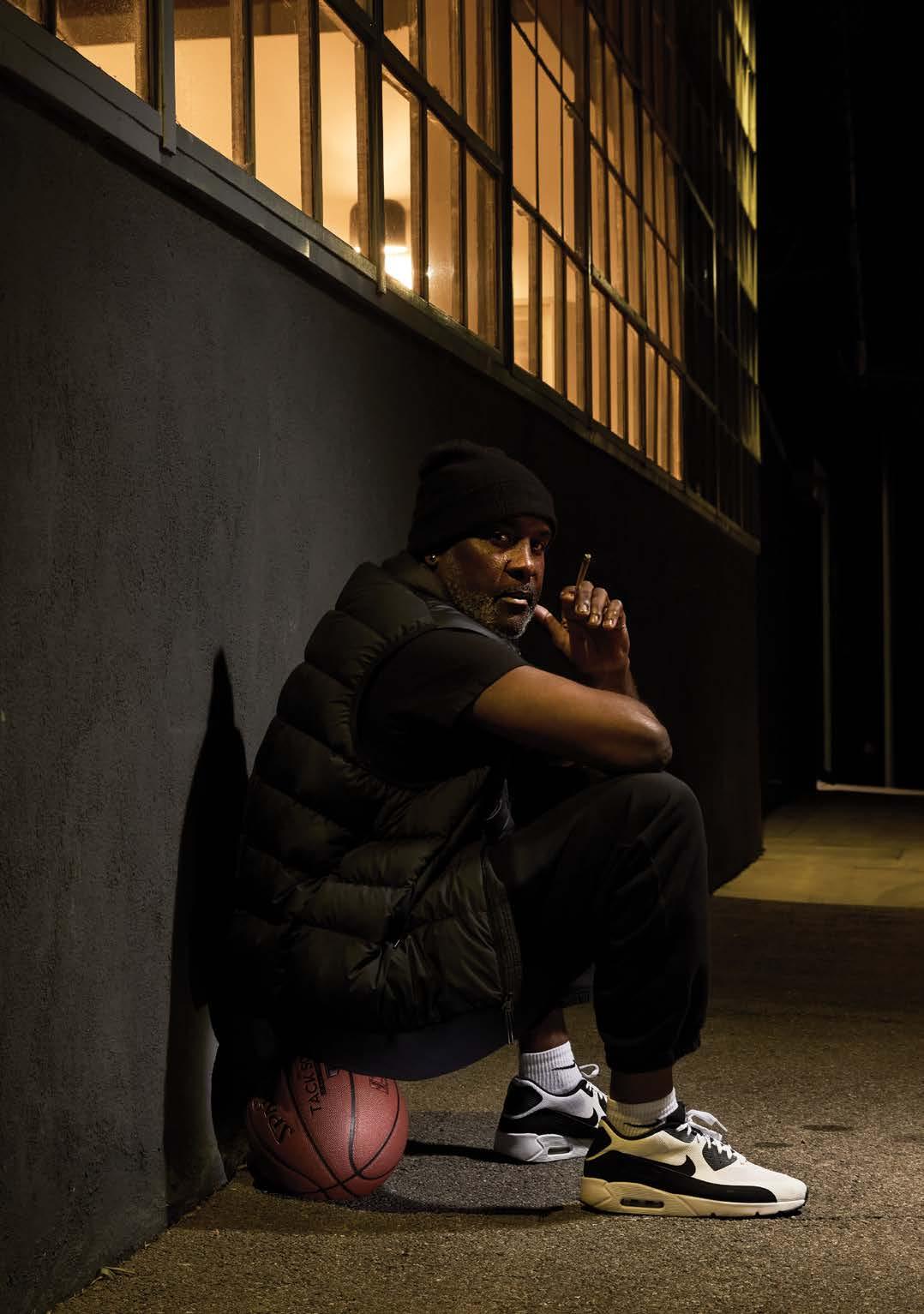

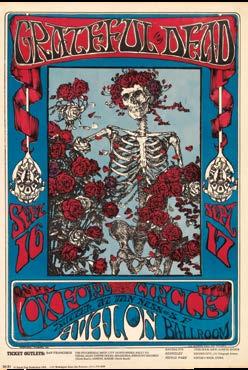
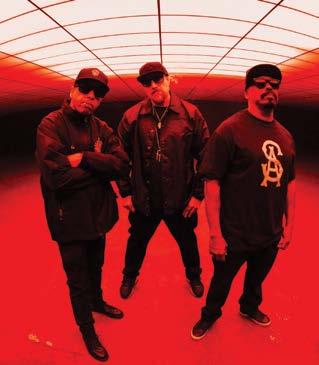






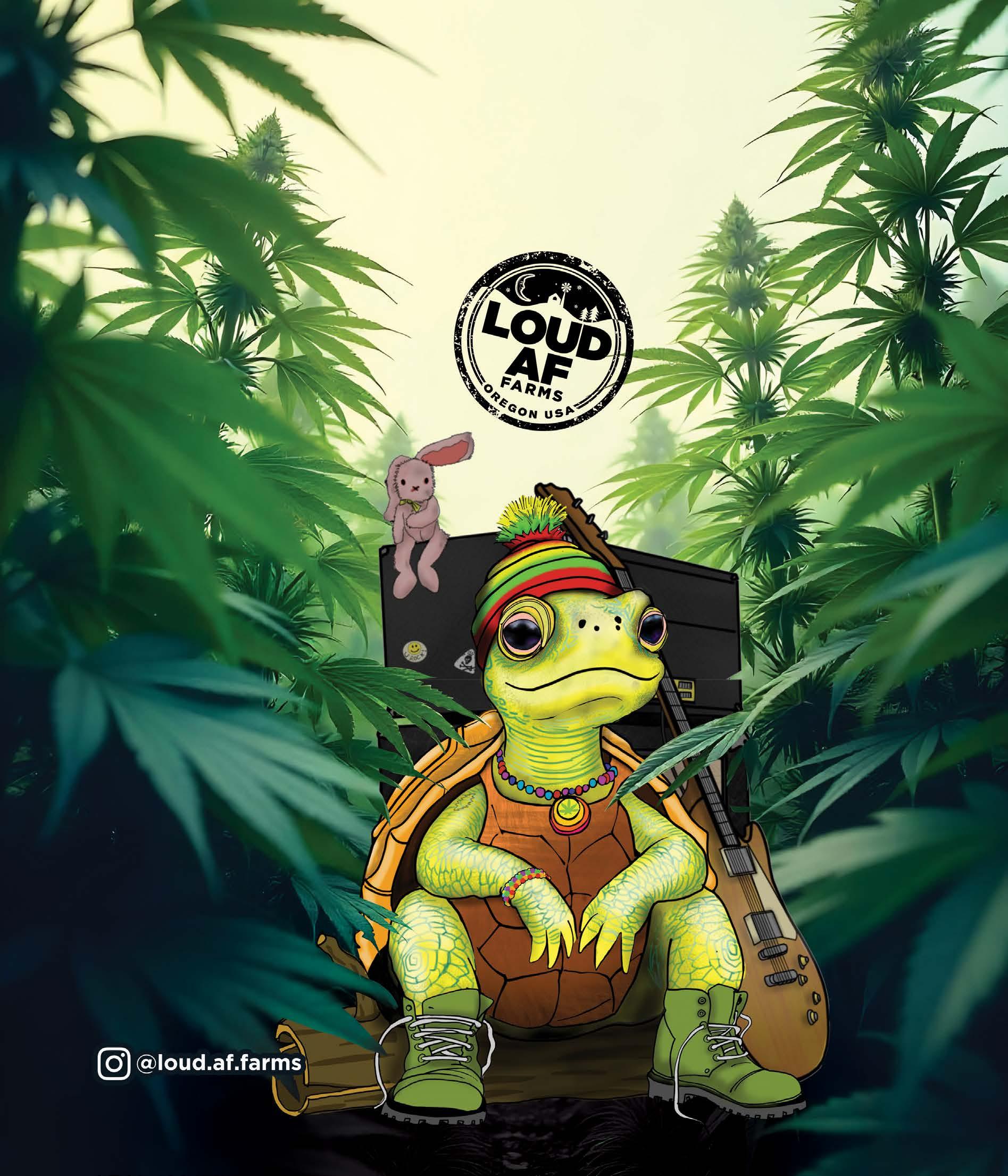



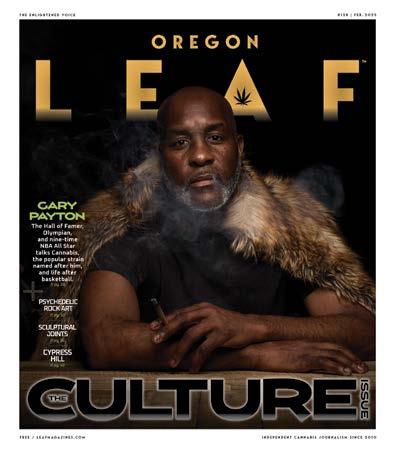
WES ABNEY CEO & FOUNDER
wes@leafmagazines.com
MIKE RICKER OPERATING PARTNER ricker@leafmagazines.com
TOM BOWERS CHIEF OPERATING OFFICER tom@leafmagazines.com
DANIEL BERMAN CREATIVE DIRECTOR daniel@leafmagazines.com
AMANDA LOPEZ STATE CONTENT DIRECTOR amanda@leafmagazines.com
MAKANI NELSON STATE SALES DIRECTOR makani@leafmagazines.com (808) 754-4182
BOBBY BLACK LEAF BOWL DIRECTOR & HISTORIAN bobbyblack@leafmagazines.com
KAYL WOHL COPY EDITOR kayl@leafmagazines.com
Known for his imaginative and iconic portraits of some of pop culture's biggest figures, from Ahnold to Biggie, from Jay-Z to Anthony Hopkins, Los Angeles-based photographer Timothy White always comes back with the shot. For this month's Culture Issue, White photographed legendary basketball star Gary Payton over a few hours at a basketball court and at his LA studio, documenting a special moment in time and capturing the essence of Payton's epic story. Read more about his life and career in Bowers' story on pages 28-29
PHOTO BY TIMOTHY WHITE FOR LEAF NATION TIMOTHYWHITE.COM | @TIMOTHYWHITE
WES ABNEY, FEATURES
DANIEL BERMAN, DESIGN + PHOTOS
BOBBY BLACK, DESIGN + FEATURES
JOSHUA BOULET, ILLUSTRATION
TOM BOWERS, FEATURES
REX HILSINGER, FEATURES + PHOTOS
JACOB GLASSER, SALES
MICHAEL GREENMAN, VIDEO
MATT JACKSON, FEATURES
JAMIE OWENS, FEATURES + PHOTOS
PYROSCOPIC, PHOTOS
JESSE RAMIREZ, DESIGN
MIKE RICKER, FEATURES
SARAH SANDOVAL, SALES
TERPODACTYL MEDIA, FEATURES + PHOTOS
TIMOTHY WHITE, PHOTOS
JAMIE ZILL, PHOTOS
We are creators of targeted, independent Cannabis journalism. Please email us to discuss advertising in an upcoming issue of Oregon Leaf. We do not sell stories or coverage. We can offer design services and guidance on promoting your company’s recreational, commercial or industrial Cannabis business, product or event within our magazine and on our website, leafmagazines.com. Email makani@leafmagazines.com to learn more about our range of affordable print and digital advertising options to help support Oregon Leaf, the state’s longest-running Cannabis magazine!


Cannabis culture sprang from the underground of prohibition like a weed thriving from a crack in the cultural sidewalk. It rose from oppression and stigma, from the hearts of activists and the streets where our plant was sold and treated like a hard drug.
We’ve seen the scene of Cannabis develop in movies, from “Cheech and Chong” to “Dude Where’s My Car,” “Pineapple Express,” and my personal favorite, “How High.” I’m currently back in college and using the proven method: study high, take tests high, get high scores! Stoner movies aren’t real life though, and what it means to be a Cannabis user has continued to evolve during the 15 years I have been publishing the Leaf. From underground to legal, from medical to recreational, from an illegal drug to something sold openly with bright branding and colors.
Cannabis culture has always had at least two sides. There are the farmers, who, despite being labeled drug dealers for years, are true people o f the earth. They make a living working with dirt, mixing nutrients, and dependin g on the plant to grow and provide a living. These are peaceful, passionate people, not “Breaking Bad” with chemicals in the RV.
Then there’s the consumer side, which at times has flirted with the drug dealer fetish of the ’90s and 2000s rap scene — an image balanced by the compelling stories of patients using Cannabis t o stay alive. This also includes the dealers of old, who varied from Grandma’s Boy-style basement dispensaries to real street hustlers moving packs. Weed is the one drug you can sell and use safely, so the culture of underground trapping has always influenced the culture, as the trap is the source of the weed itself.
So what is Cannabis culture?
“WHAT IT MEANS TO BE A CANNABIS USER HAS CONTINUED TO EVOLVE DURING THE 15 YEARS I HAVE BEEN PUBLISHING THE LEAF.”
Is it a farmer tending to plants lovingly under the sun or in a grow closet? A patient choosing full-extract Cannabis oil instead of chemotherapy? A parent using topicals, vape pens and a CBN edible at the end of the day to get to sleep? Is it the rizzed-up 21-year-old in bright clothes hitting a flavored vape during the day and smashing low-temp rosin dabs when they can afford it? Or a trapper in their 40s or 50s who started illegal, went med then rec, and now returns to the gray market due to overregulation and excessive taxation?
I believe it’s all of these examples, and in a larger sense, Cannabis culture is all of us. Just like the vibrant melting pot that makes America the greatest country in the world, our Cannabis community is full of people from all walks of life. From 18 to 80, across all demographics, we are united by the plant we share and love. With that comes a style and a culture that is unique, authentic and growing one toke at a time. Our culture is floating high in a cloud of healing, exactly what the world needs right now. So please share a joint, a puff and this magazine with friends and family, and invite them into our community to celebrate and heal this world together!









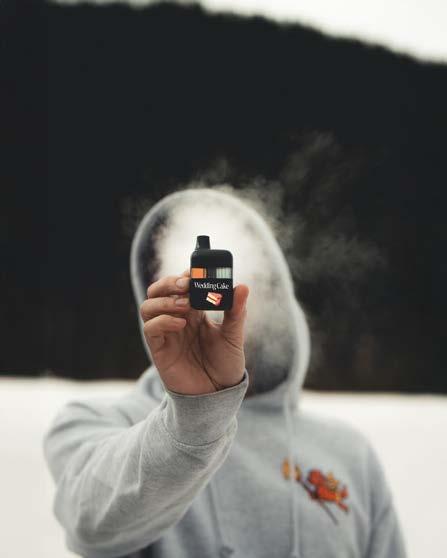

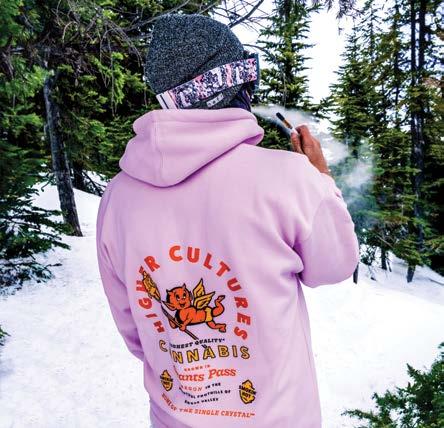
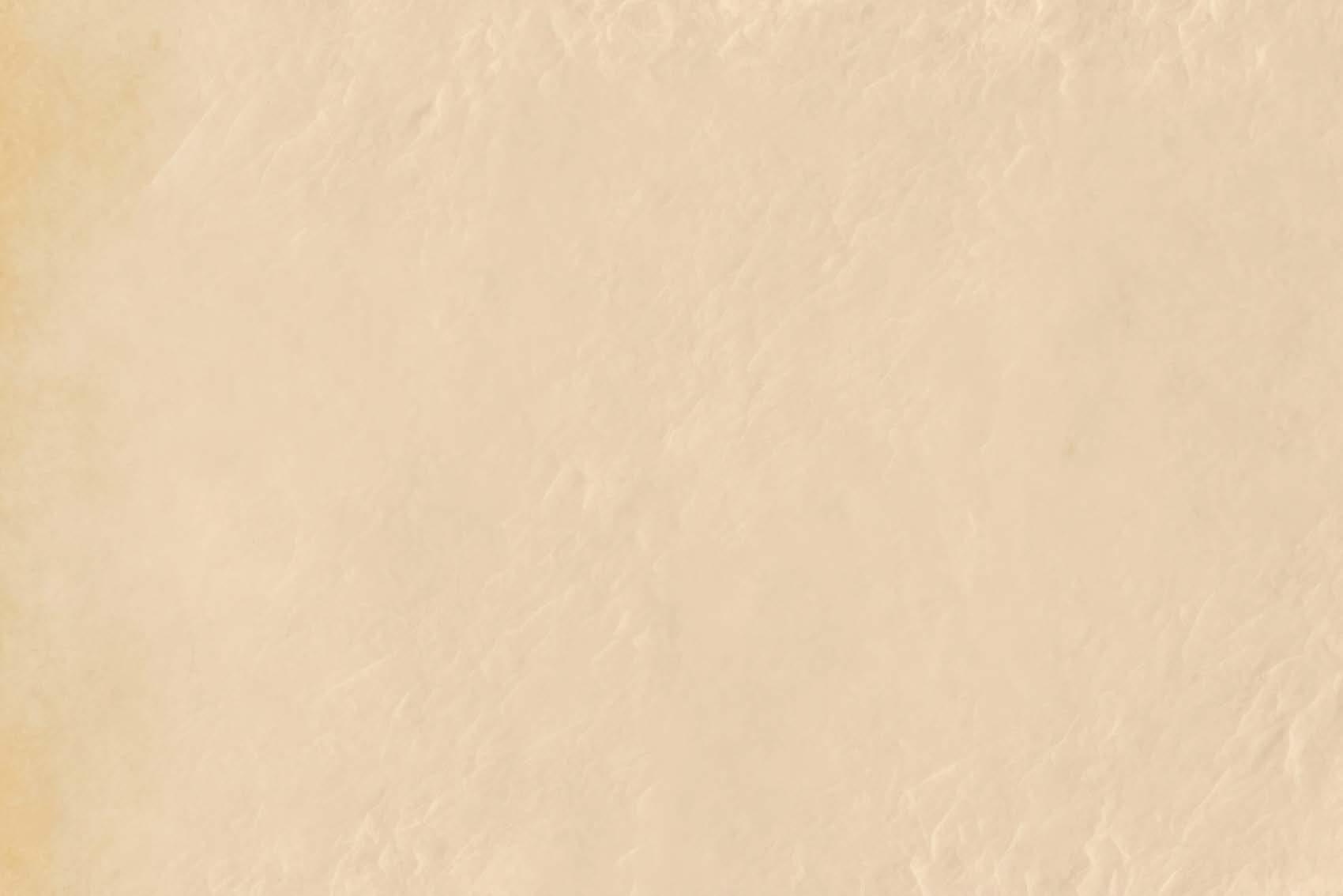





217,150
The amount of Cannabis related arrests in 2023, which represents a new 30-year low. In 2007, the same statistic was over 870,000.
$39b 98% $1.64b
According to drug seizure statistics from U.S. Customs and Border Protection, seizures of Mexican-grown marijuana have fallen by this amount over the past decade. Long gone are the days of weed coming into the States in the tires of an 18-wheeler.
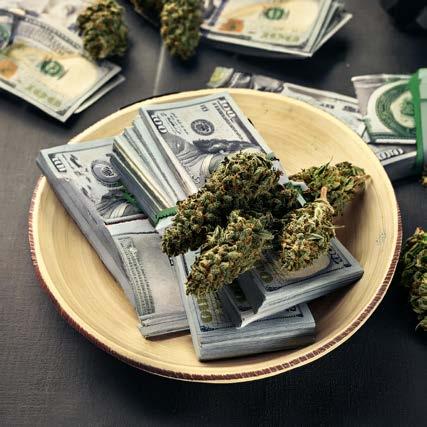

$10k
The amount that four Cannabis businesses in Minnesota were fined when they were found to be selling illegal Cannabis. According to a report by the state Office of Cannabis Management, more than 199 pounds of illegal Cannabis was found at 134 sites between January and October of 2024.

According to Massachusetts' seed-to-sale tracker, this was the annual sales record set by the state in 2024. We hope to continue to see this and other markets expanding throughout the rest of this year.

68%
The percentage of Americans who supported the legalization of Cannabis in 2024, according to a poll from Gallup. We’ve come a long way from the 12% supporting the same thing in 1969.




$8.7m
Award from a copyright infringement lawsuit in favor of RAW Cannabis rolling papers’ parent company, related to a multiyear suit against India-based Brocone, which RAW alleged copied their packaging designs and product language.

2.3m
According to an analysis released by NORML, this is the number of Cannabisrelated cases that have been expunged or had records sealed since 2018. The states that participated the most in these efforts were California, Illinois, Missouri, New Jersey, New York and Virginia.



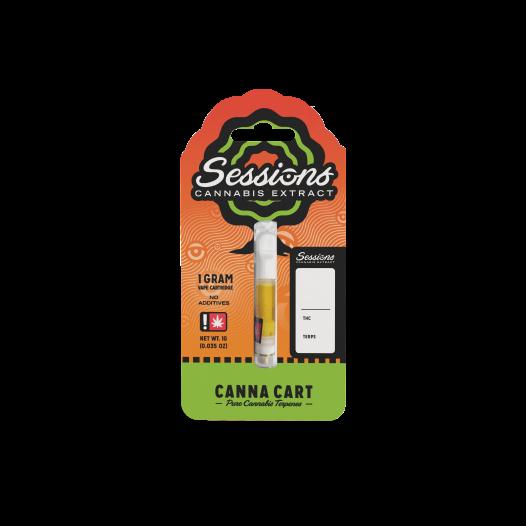

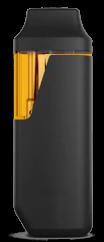
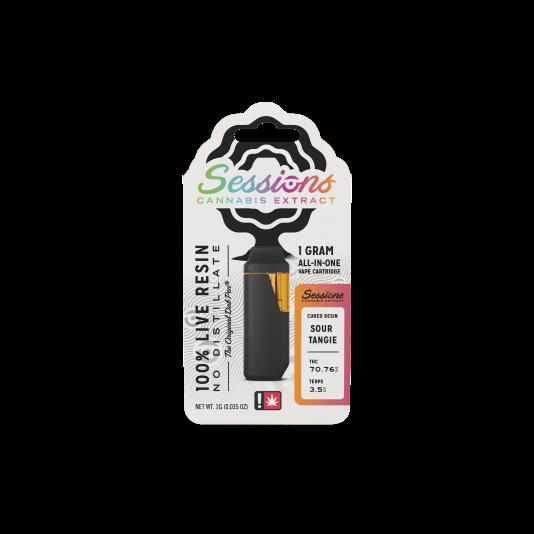




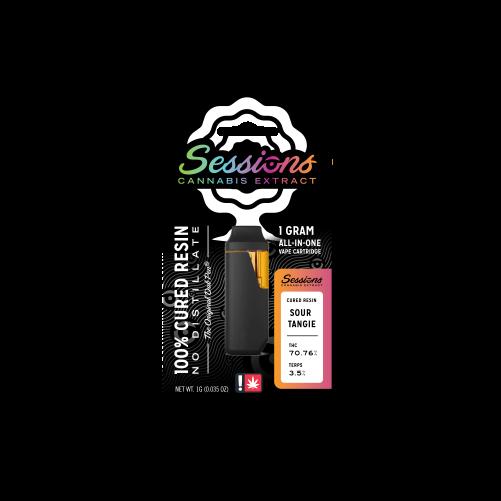

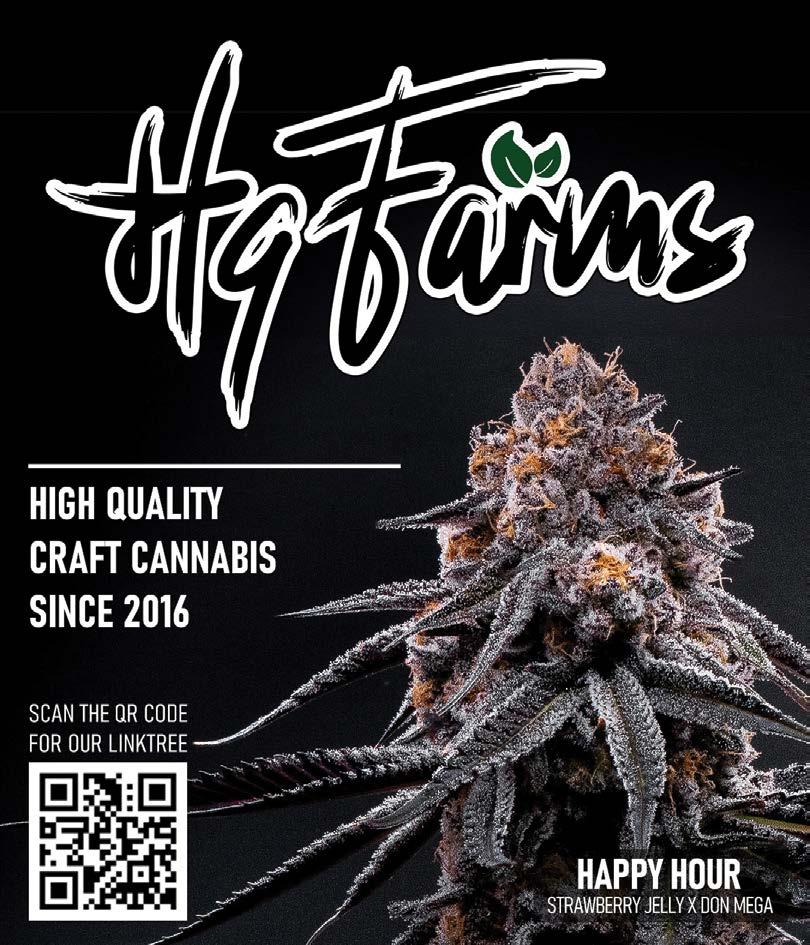
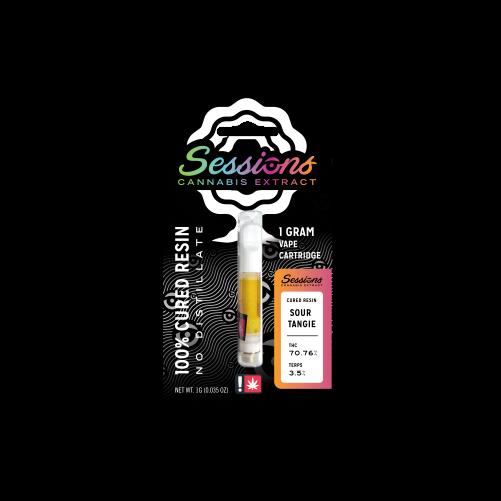


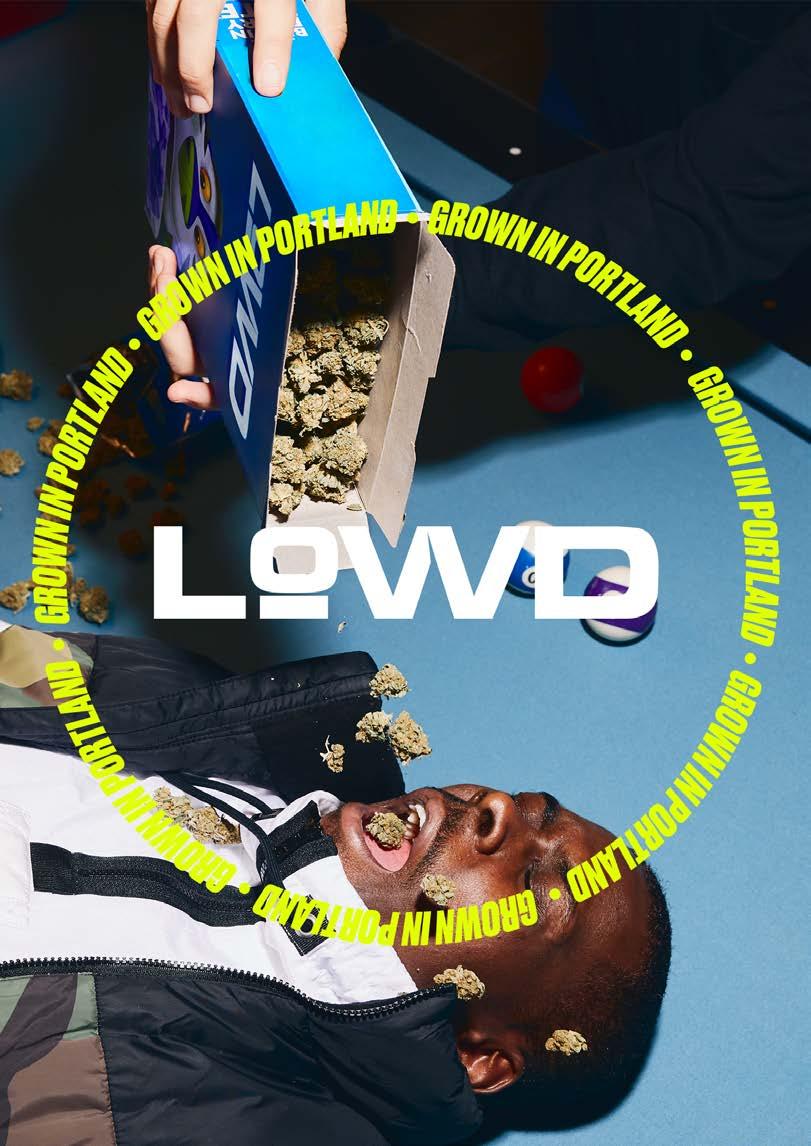
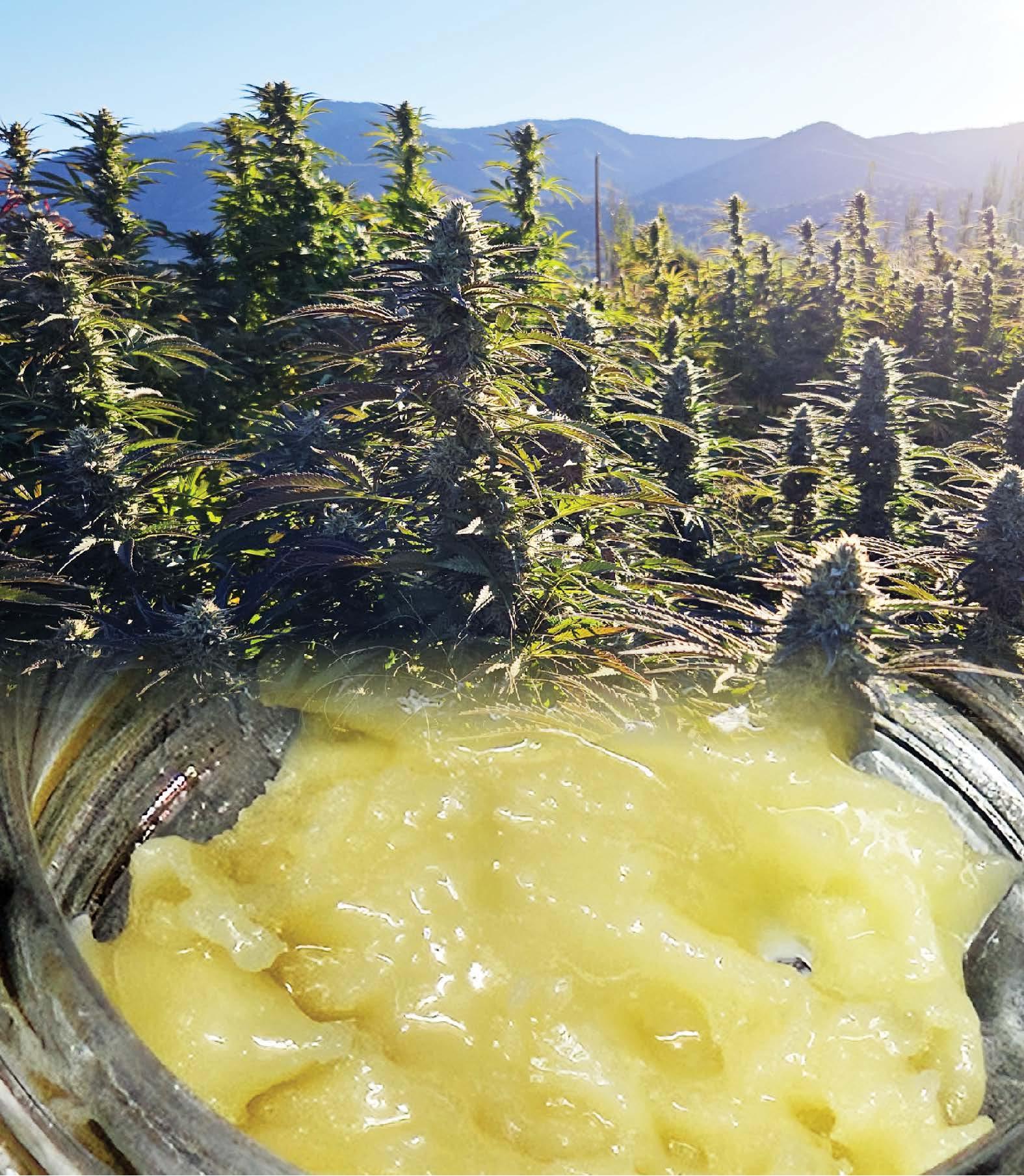


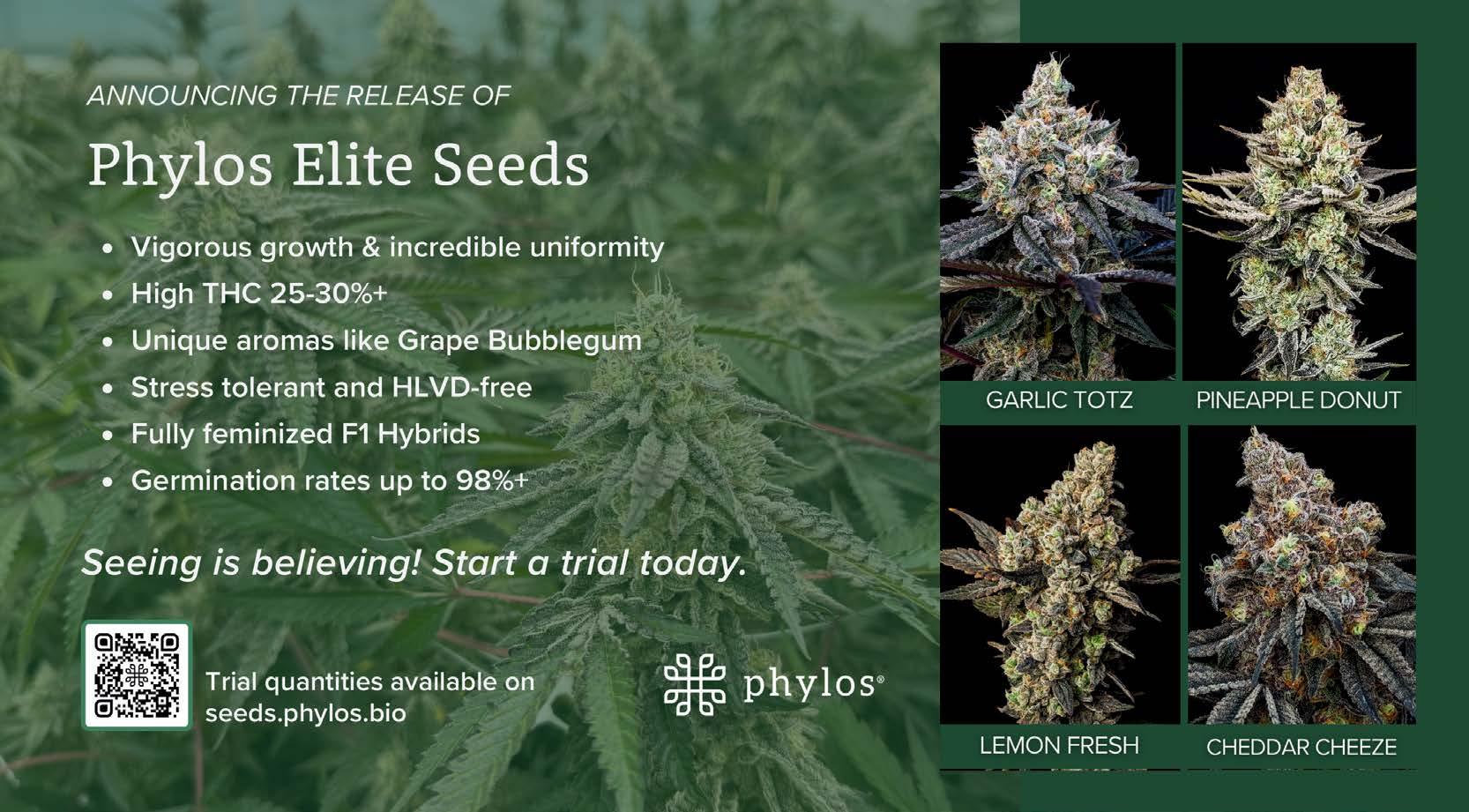
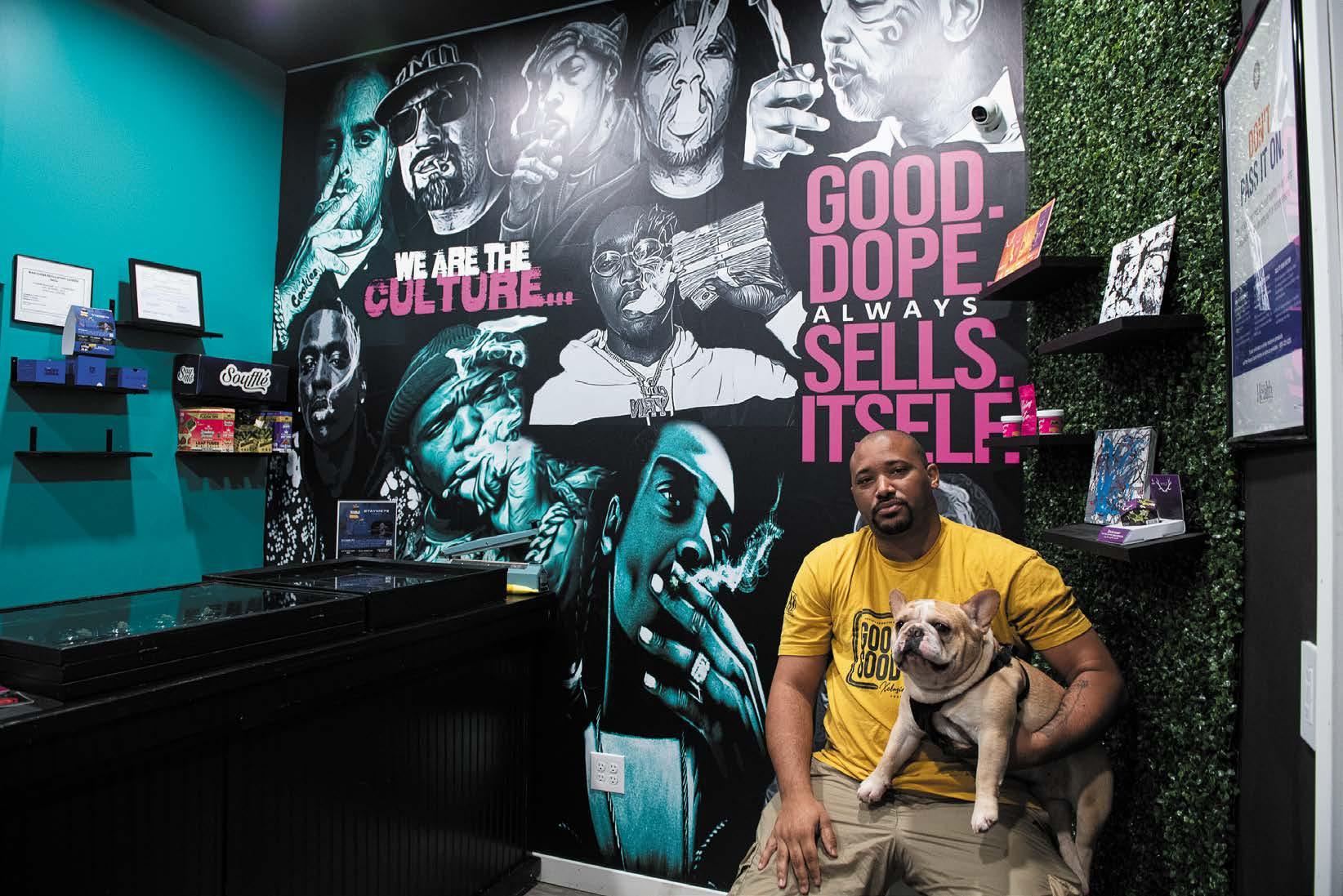

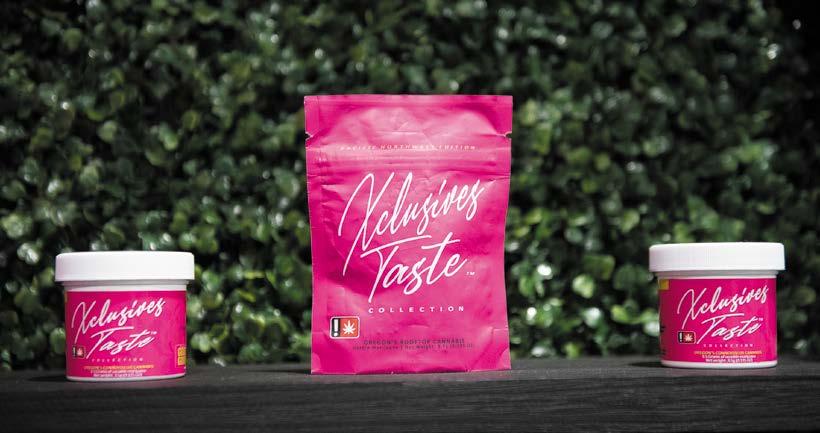

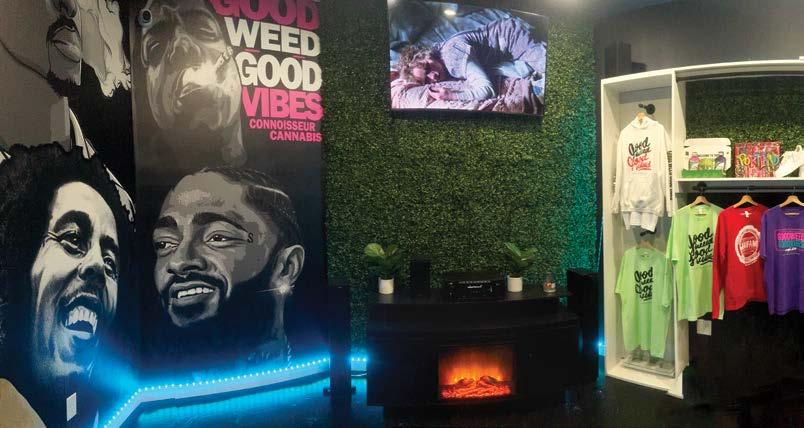
OPENED IN AUGUST 2023, Xclusives Taste has the distinction of being one of the very few Black-owned dispensaries in the state of Oregon. Sherman Brown, owner and operator of the retail space, originally grew up in Louisiana with dreams of building his own brand within the Cannabis industry. After moving to Oregon in 2014 and grinding his way through every Cannabis-related job from processor to wholesaler to retailer, Sherman purchased the license and associated business that eventually became known as Xclusives Taste.


Without a doubt, the atmosphere at Xclusives Taste is one of the coolest around. A mix of vibrant text and monochromatic imagery adorns the walls, including hand-painted murals of hip-hop and Cannabis icons like Snoop Dogg and B-Real of Cypress Hill. Music constantly reverberates from the back of the retail space with the sounds of 808s and boom bap rap guiding shoppers through the lobby and into the heart of the store. When entering, most visitors are fortunate enough to be greeted by Cheeba, a French Bulldog and the unofficial mascot of Xclusives Taste.
Between the intoxicatingly luscious smell of fresh flower and the general comfortability of the environment, it’s hard for patrons not to immediately feel at home here.


“I don’t buy off of THC percentages at all,” Sherman explains. “I buy strains because I like them and because I know the customer will like them. I try everything that comes through the doors. If it doesn’t pass the test for me, I don’t sell it.”
5821 SE POWELL BLVD., SUITE A, PORTLAND, OR XCLUSIVESTASTE.COM
Sherman notes, “Cannabis goes hand in hand with street art, hip-hop culture and urban culture. Portland has their own little niche, a culture of being artistic and having freedom of expression, so I’m trying to incorporate that along with parts of myself into this building.”
To that end, the overall quality of cultivars available is impressive. Farms like Urban Canna, Northwest Soiltech, THX, Surfr Select and Terpmongers all stood out on the shelf with exceptional representations from each company in the form of iridescent, trichome-encrusted buds. Flower makes up about 80% of the sales at Xclusives Taste, but there’s also a curated selection of edibles, vaporizers and concentrates available for purchase.
@XCLUSIVESTASTEPORTLAND
(503) 719-4151
8 AM - 8 PM DAILY
“My goal is all the top shelf, all affordable,” Sherman reports. “My customers are now at the point where they come in and ask ‘What have you got for me?’ They trust my opinion, that’s what I like the most. It’s my way of changing the narrative for the customer.”
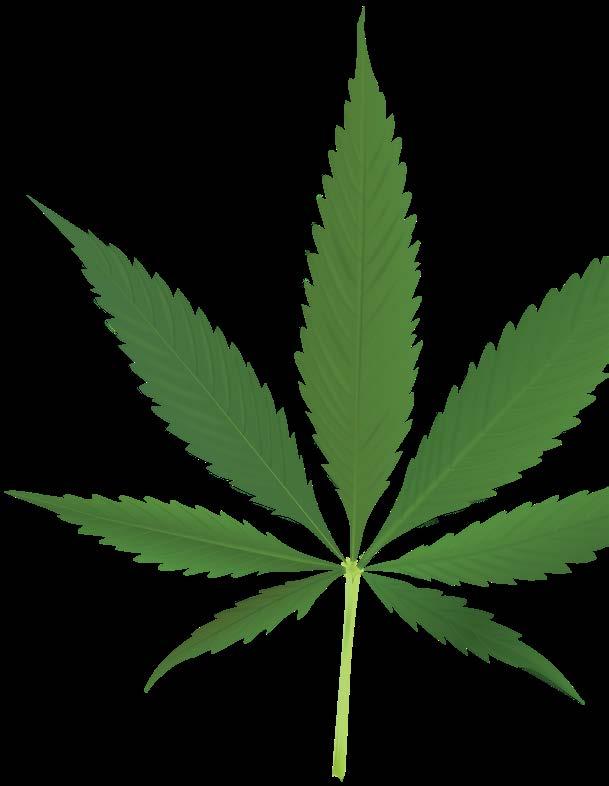
The culture of authenticity is tangible but isn’t the only thing that’s created a wave at Xclusives Taste. Over the last year, a laser focus on quality, consistency and customer service has manifested in steadfast loyalty for the organization.
The reverence held for consumers and for Cannabis culture as a whole is apparent at every level of the enterprise. Xclusives Taste is a place where visitors can feel respected and valued without being taken advantage of.
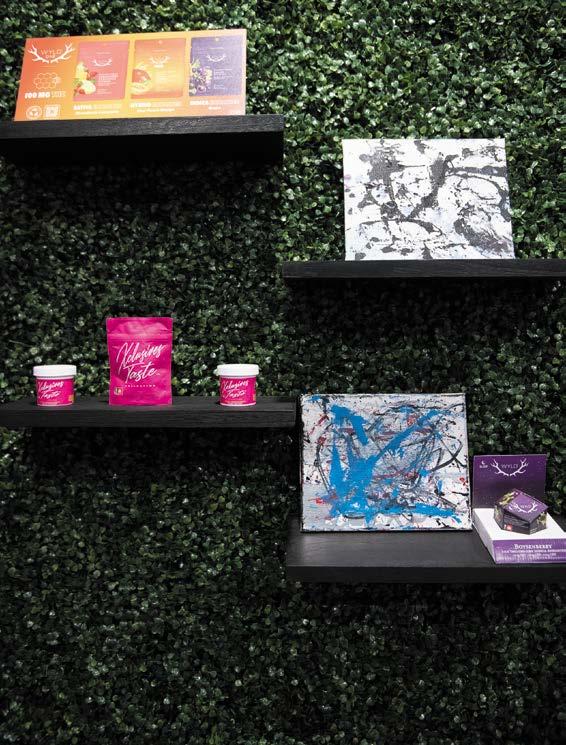
“CANNABIS GOES HAND IN HAND WITH STREET ART, HIP-HOP CULTURE AND URBAN CULTURE.”
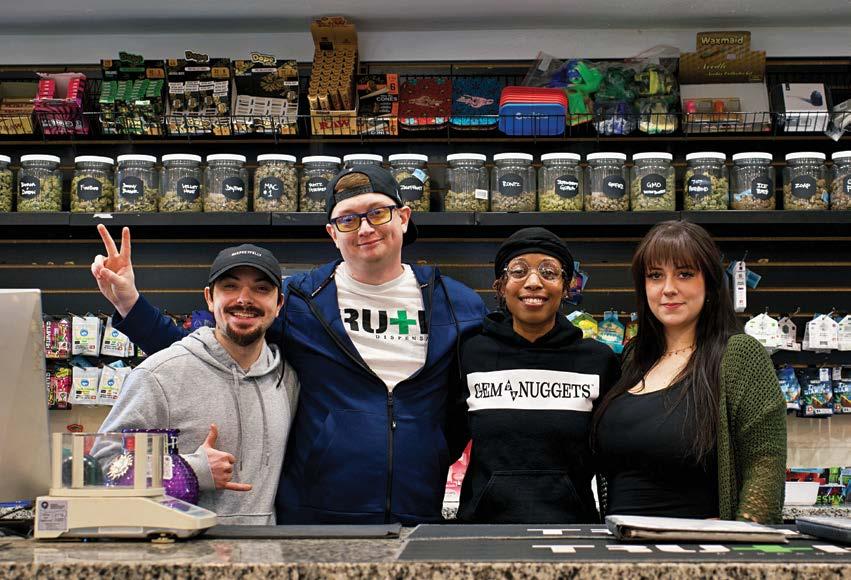
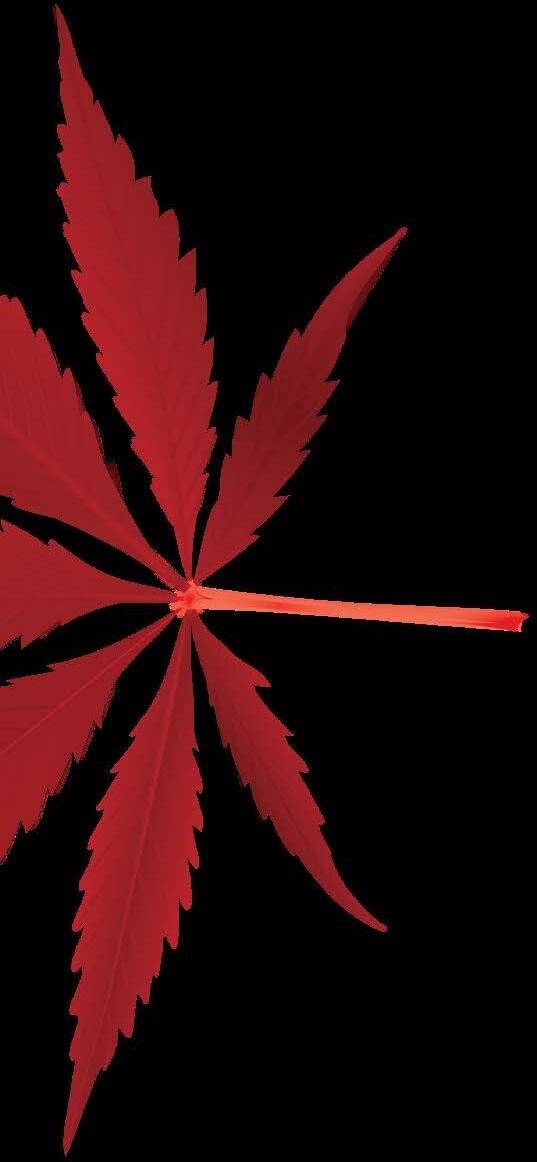

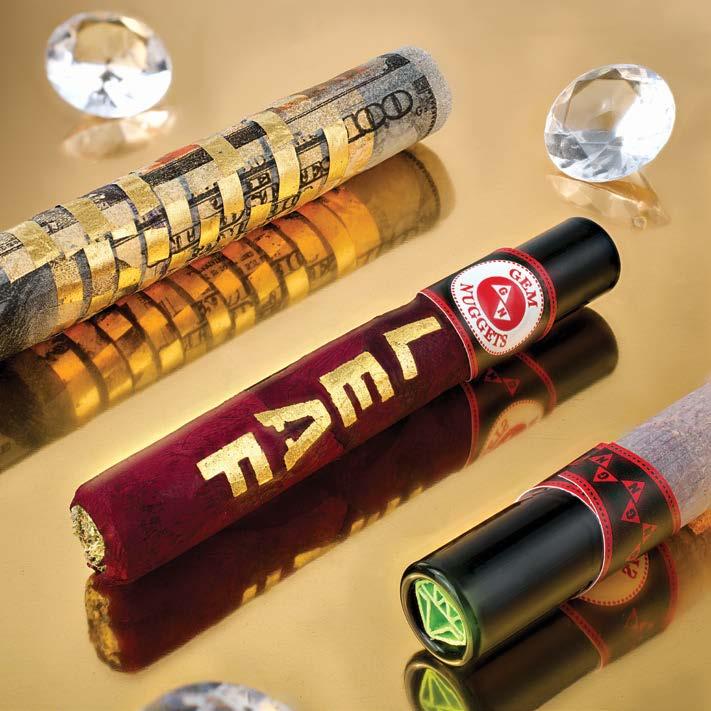
IN OREGON’S BUSTLING CANNABIS SCENE, handcrafted cannagars stand out as a unique and artisanal way to enjoy the plant on a special occasion. Few makers embody this artistry and passion better than private, custom cannagar maker Ebony G. Miles, creator of Gem Nuggets — luxurious, hand-rolled cannagars that incorporate everything from organic rose petals to 24-karat gold leaf. We met up with Ebony to hear about her journey, inspirations and the careful craft behind each Gem Nuggets creation.
Where did your path with Cannabis begin? I use it for medicinal purposes. I actually had PTSD from something that happened in 2022 and that was when I picked up my usage.
Tell us about working with Truth Dispensaries in Salem.
Last April at the Oregon Leaf Bowl, Sy Thomas from Kashmir Gardens (@kashmirgardens___official) introduced me to (the owner) Brandon DeCamp. That was my first time meeting him. By the Fourth of July, I had my first official release of cannagars at Truth (@truthdispensary.salem). Brandon will pick the flower usually, but he lets me have input as well. Nine times out of 10, Brandon’s picking the flower that I’m turning into cannagars.
What inspired you to pursue professional cannagar production?
Without my friend Dwight B. (@bigbabys_pdx), I wouldn’t be making cannagars. I’m from a small town called Canton, Ohio. When I went back to visit in 2021, Dwight was using Purple Rose Supply (@ purplerosesupply) molds. He said, ‘Weed is legal in Oregon. Why don’t you make cannagars and sell them?’ When I came back to Oregon, I started doing my research, rolling up and carrying some around with me at all times.Then I met Ryan Rollins, the late owner of PDX Sliders (@ pdxsliders) in 2022. He greeted me with a friendly question about the box of cannagars I was carrying. He immediately bought an entire case, becoming my first major supporter. Later, I learned he had passed away before I could show him my new rose gold cannagars. Now, whenever I stock them in stores, I dedicate them to Ryan. You can ask for the “RR,” “The Ryan,” or the “Cheeseburger Special.”
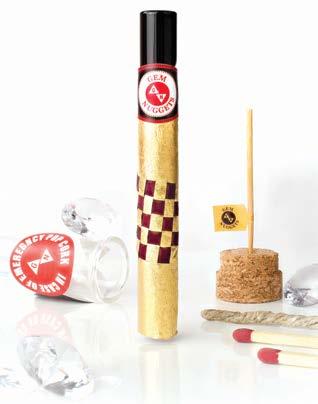
Tell us about the roses you roll up with!
There’s a woman-owned company called Royal Rose PDX (@royalrosepdx) — she offers organic rose petals that come from a local Portland flower market and has the process of pressing them and vacuum sealing them. Then I have a process I do before I can wrap them on the cannagars.
Can you share a bit about your process?
I leave it in the mold overnight. Then I pop it out of the mold, wrap it, pop in a custom tip by @omarrolledit and let it cure in a humidor. It’s a two to three-day process. I used to use wood tips, but I just transitioned to using glass tips. They smoke differently. People like them because you can reuse them.
Do you have any exciting cannagars or farm collabs lined up? Toad Venom has been in talks with Evans Creek. I also want to get something going with Brave Hearts. I’ve yet to do an infused cannagar, so I told them I’m picking up some of that Steamer Lane since I already have the flower at home. I’m going to make the first infused one, let Brave test it out and then go from there.
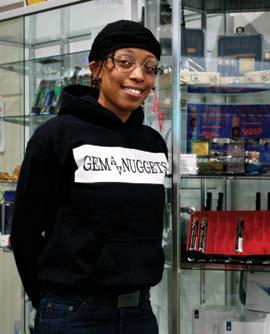
Ebony G. Miles
“...LIFE KEEPS HAPPENING, BUT HOW WE RESPOND DETERMINES OUR EXPERIENCE.”
What other creative outlets do you find yourself exploring? I have an apparel brand called Something Is Everywhere, Everywhere Is Something (@sie8eis), and I’m releasing a new design for Valentine’s Day. It’s my first official logo, and I’ll have shirts and sweatshirts printed by Oregon Screen Impressions. The brand name came from realizing that saying ‘It’s always something’ can become self-fulfilling. In 2018, I decided to shift my perspective to ‘Something Is Everywhere, Everywhere Is Something,’ which reminds me that life keeps happening, but how we respond determines our experience. Some of my most creative ideas have come from the hardest times — proof that struggle can spark creativity.
If you could sit down and smoke one of your cannagars with anyone on earth, who would it be? What would you roll up? Erykah Badu. I would listen to ‘Apple Tree’ and roll up some of That Badu.




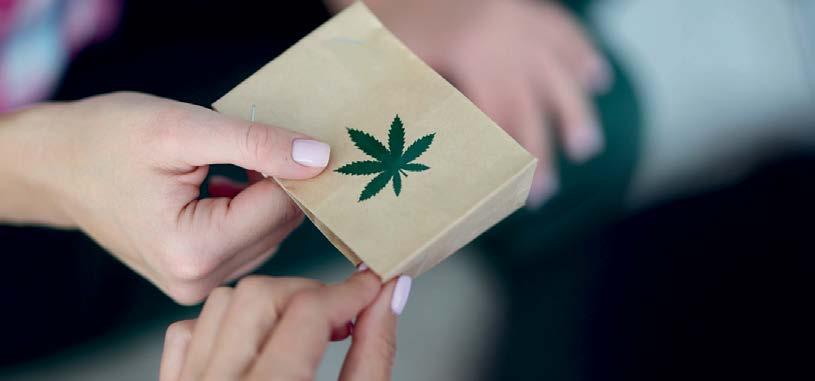




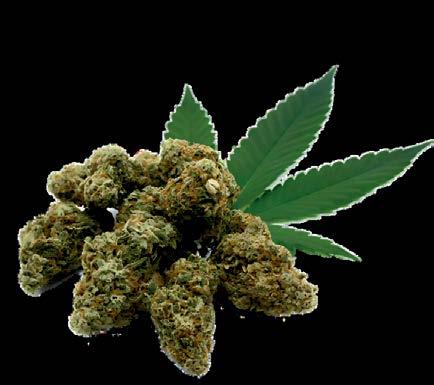












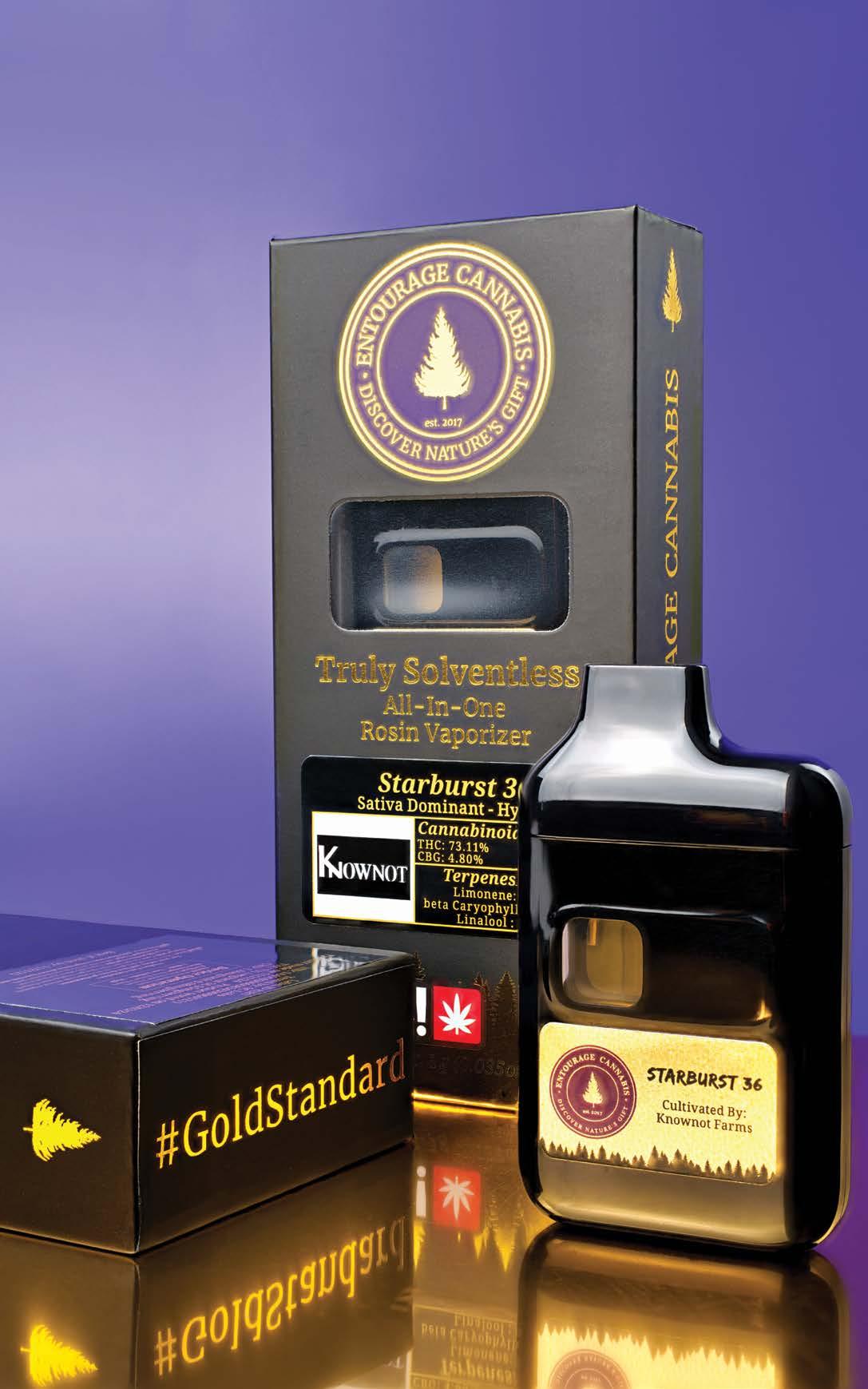

All-in-one vaporizers are having their moment in modern Cannabis culture, and it’s no wonder. They’re simple, sleek and incredibly convenient, especially if you’re always on the move. According to Headset.io, vaporizers captured over a quarter of Oregon’s recreational sales in December 2024, raking in a hefty $20.18 million. That’s a whole lot of portable puffs.
THE NEWLY CROWNED CHAMPION in this category is Entourage Cannabis’ latest creation, featuring Starburst 36 from KnowNot Farms out of Oregon’s Rogue Valley.
This tasty, cold-cured live hash rosin device draws from Starburst OG x KC 36 genetics, bred by Higher Ground out of California. Proving that great things come in small, discreet packages, Entourage Cannabis and KnowNot Farms recently nabbed first place in Solventless and third place in Pods/AIO at the 2024 Oregon Grower’s Cup.
So, what’s the big deal? Let’s start with the terpene profile: limonene, caryophyllene, linalool, and humulene give the vapor a slightly sweet twist, powerfully underscored by a peppery, floral flourish.
“...a slightly sweet twist, underscored by a peppery, floral flourish.”
Functionality-wise, this device is a breeze. It fits snugly in your palm, and with five quick clicks on the bottom button, you’re good to go. The pull is effortless, but don’t be fooled by its simplicity — this thing delivers a substantial cloud of vapor, perfect for when you need a potent hit without the fuss.
In a market that thrives on innovation, Entourage Cannabis’ all-in-one featuring Starburst 36 stands out as both delightful to the palate and undeniably effective. If you’re looking for something that marries quality, convenience and award-winning pedigree, this little vape is primed and ready to shine.



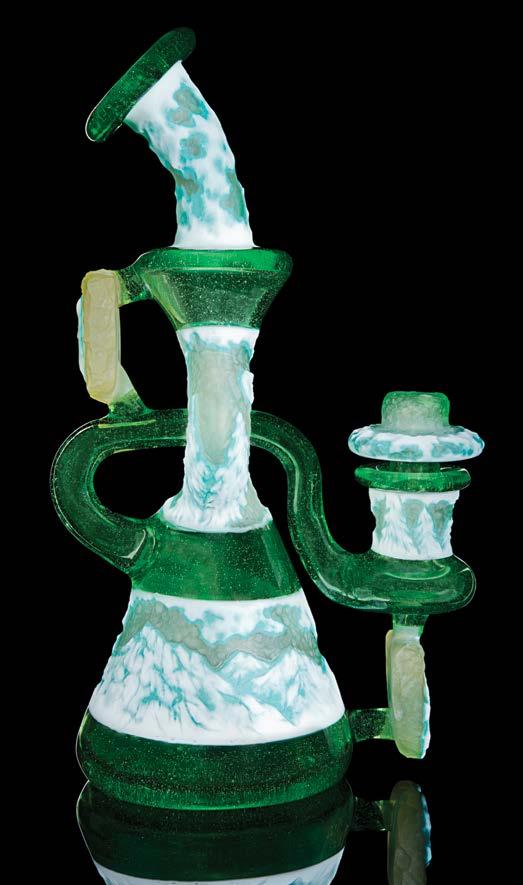


JD Maplesden’s journey as an artist is a story of passion, growth and relentless pursuit of mastery in a craft that combines fire, glass and imagination. His path was not a straight line, but rather a mosaic of experiences, challenges and breakthroughs that have shaped him into one of the most innovative figures in the world of contemporary glass art.
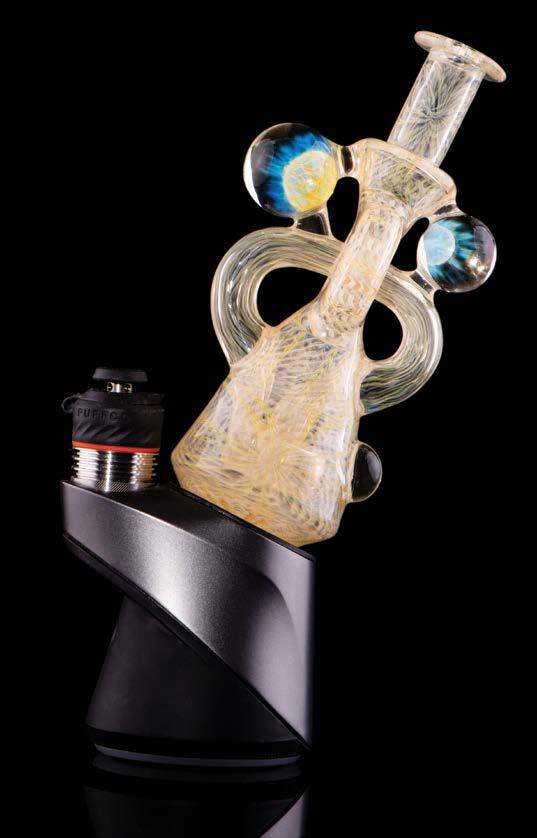
STARTING OUT IN 2001, JD found himself working in between Spokane and Humboldt during the early years of his career. His time there was marked by experimentation and growth, learning the ropes of flameworking through the limited classes that were available. Then in 2007 he had the opportunity to TA for Chris Roesinger at the Revere Glass School. This same year he gained his Color Certification through a class at Glass Alchemy. His scientific dive into colored glass helped him realize the impact it could have on his works. His desire to innovate led him to experiment with fume work, stepping away from the use of vibrant colors and focusing on more subtle, refined techniques. This was just the beginning of his exploration into the art of glass.
From 2008 to 2009, JD helped to build Montage in Spokane, a collaborative space that would later become a hub for the local glass blowing community. He didn’t just learn; he taught others, sharing his knowledge and encouraging the next generation of artists. It was here that JD’s love for teaching truly took root.
Over the years, he has continued to teach workshops, including an upcoming one in March 2025 on mixed media in Denver (see his page for details). His passion for teaching was deeply ingrained in his philosophy, believing that sharing knowledge and collaboration were essential to advancing the craft. By the end of 2009, JD moved to Seattle, where he worked for SwissPerc and learned the intricacies of the lathe. He immersed himself in the opensource learning environment, testing his skills and

putting his unique spin on pieces. In 2011, he relocated to Nebula, Ivan’s studio in Bellingham, where he continued his craft while continuing to build relationships on the East Coast.
It wasn’t long before Scott Deppe of Mothership Glass, a fellow artist and mentor, recognized JD’s potential and brought him onto his team.
This ultimately led to JD’s role in manufacturing the groundbreaking 2012 “Fab Egg,” a project that won Most Innovative Product at the 2013 American Glass Expo. Scott brought JD on stage and gave him recognition and acknowledgement of his integral part of the process.
JD’s breakthrough moment came in 2014 when he launched his solo career, posting his first "Solo Wormhole," which sold almost immediately.
From there his focus on creating wormholes as a canvas for collaborations with other artists quickly earned him a reputation as one of the most innovative glassblowers of his generation.

From 2014 to 2017, JD’s career soared as he traveled across the country and beyond, teaching classes and presenting his work at prestigious events like the Pipe Classic, DFO, and various gallery openings. His 2015 show at Emerald Gallery on the California coast, “An Exploration of the Wormhole,” was a massive success, featuring 46 pieces and collaborations with 43 artists. Even as his fame grew, JD remained grounded. He continued to travel — teaching and learning — working with friends and colleagues in studios around the world, including a trip to Colombia in 2017 where he helped establish the first public glass blowing demos in the country. Despite an injury setback in 2017, JD’s resilience
“His passion for teaching was deeply ingrained in his philosophy, believing that sharing knowledge and collaboration were essential to advancing the craft.”
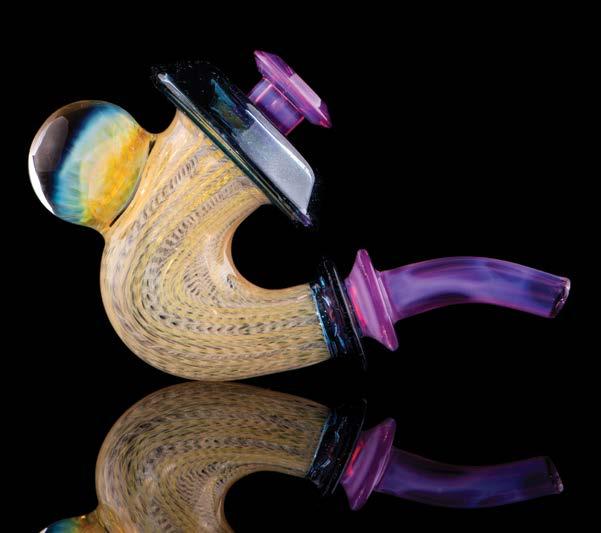
shone through as he focused his energy on "Vagabond," a film that showcased the artistic process behind his work. This film debuted at dozens of theaters and glass events across the country.
By 2019, JD was back at the torch, traveling and visiting friends but focusing more on his art than the grind of the industry. He relocated to Eugene in 2020 and continued to work on his passion during the lockdown.
By 2023, JD’s journey had come full circle. He returned to Europe to do demos in Switzerland and Spain. That brings us back to today where JD still has his studio in Eugene, but his travels are taking hold again — you’ll find him all over the place in 2025. Keep an eye on his page and check out a live show or class if he’s in your neck of the woods.

JD Maplesden’s career is one of perseverance, growth and transformation. His work — whether through collaborations, solo pieces or workshops — continues to inspire a new generation of artists, leaving an indelible mark on the world of glass art.

(DogHouse’s Lemon Pepper x Zonuts) Yesca arrives like a technicolor ticket to a jovial joyride in the legendary big green van made of weed. This flower is fluffy, with a pinkish-purple interior that bursts with ripe tangerine and warm sugar. It’s pure citrusy sorcery for your senses. The moment smoke meets lips, you’re whisked away on a whimsical wave of zesty sweetness, bright and beautiful. Its uplifting effects spark a sunny euphoria that practically dances across your day, illuminating every corner of your mind. Equal parts playful and potent, Yesca is a cheerful companion bound to keep you riding high with a grin.

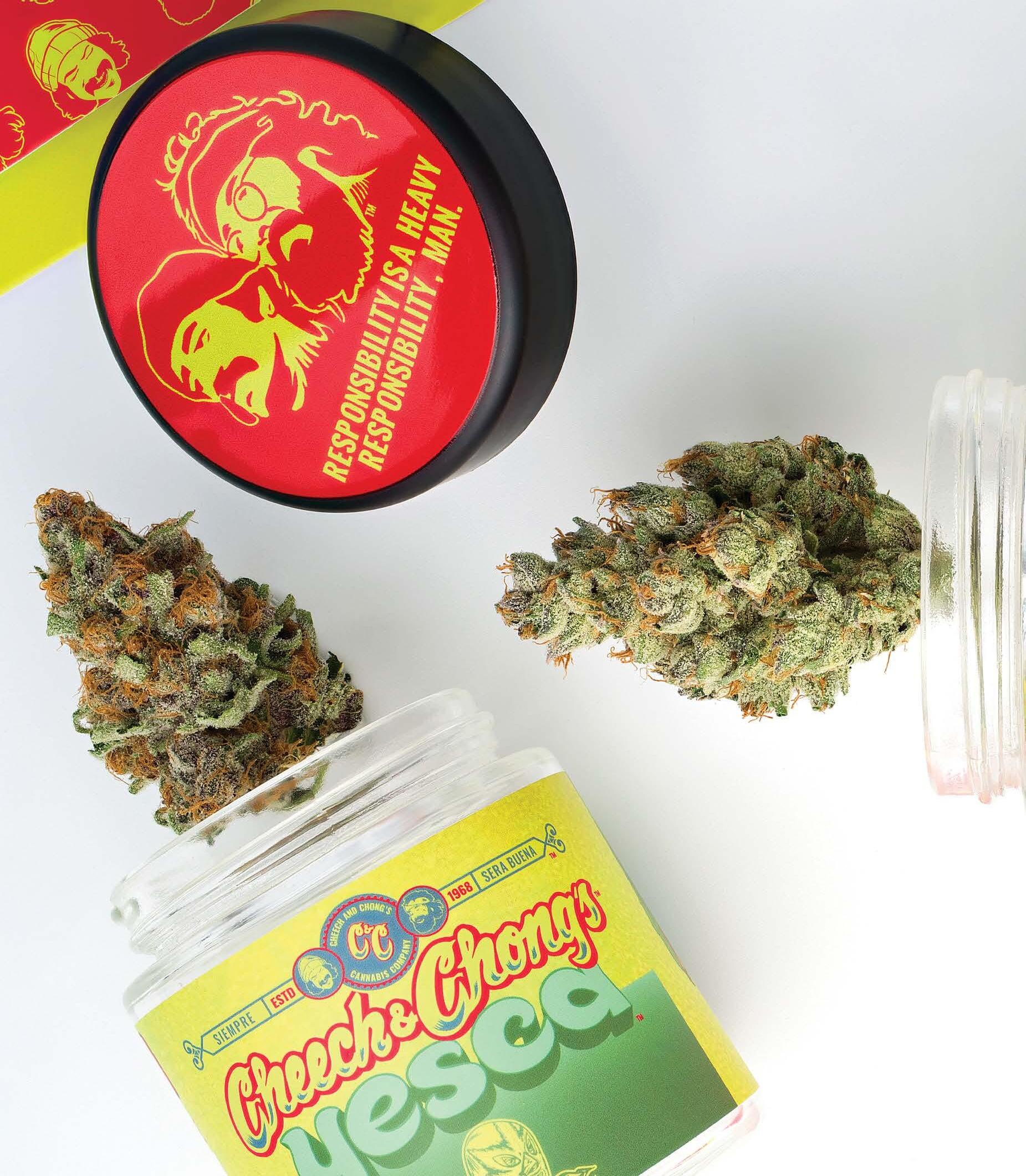
(DogHouse’s Gelato 33 x GMO)
This round of Drooler lunges at your senses with an offensively gassy greeting the moment you uncap the jar. Pale, green-gray buds adorned with lavender speckles nestle beneath a blanket of trichomes that shine like tiny tiaras, heralding the cultivar’s sticky exuberance. Its aroma roars with a hot rubber finale — borderline bizarre but tantalizing. It tackles your tastebuds with an exciting twist of food and foreign flavor, like a roast wrapped in rubber, igniting a palate-pleasing symphony of oddity and delight. Bold, brash and beyond flavorful.
(DogHouse’s Scooby Snacks x Ice Cream Cake)
StahDankOhhh sits with a long, lush, sage-green nug that is densely packed in perfection. Right away, the nose supplies sweet, skunky confections, tempting the senses with a playful pungency. The smoke, smooth and buttery as it slides into the lungs, still lingers, sneaking up to smack you in the eyes. Crisp yet creamy, this cultivar offers an enchanting blend of robust flavors and weighty waves of relaxation. If you’re seeking a sensory spark and a swirling sense of serenity (sans-sergeant), StahDankOhhh might just be your new comedic companion.
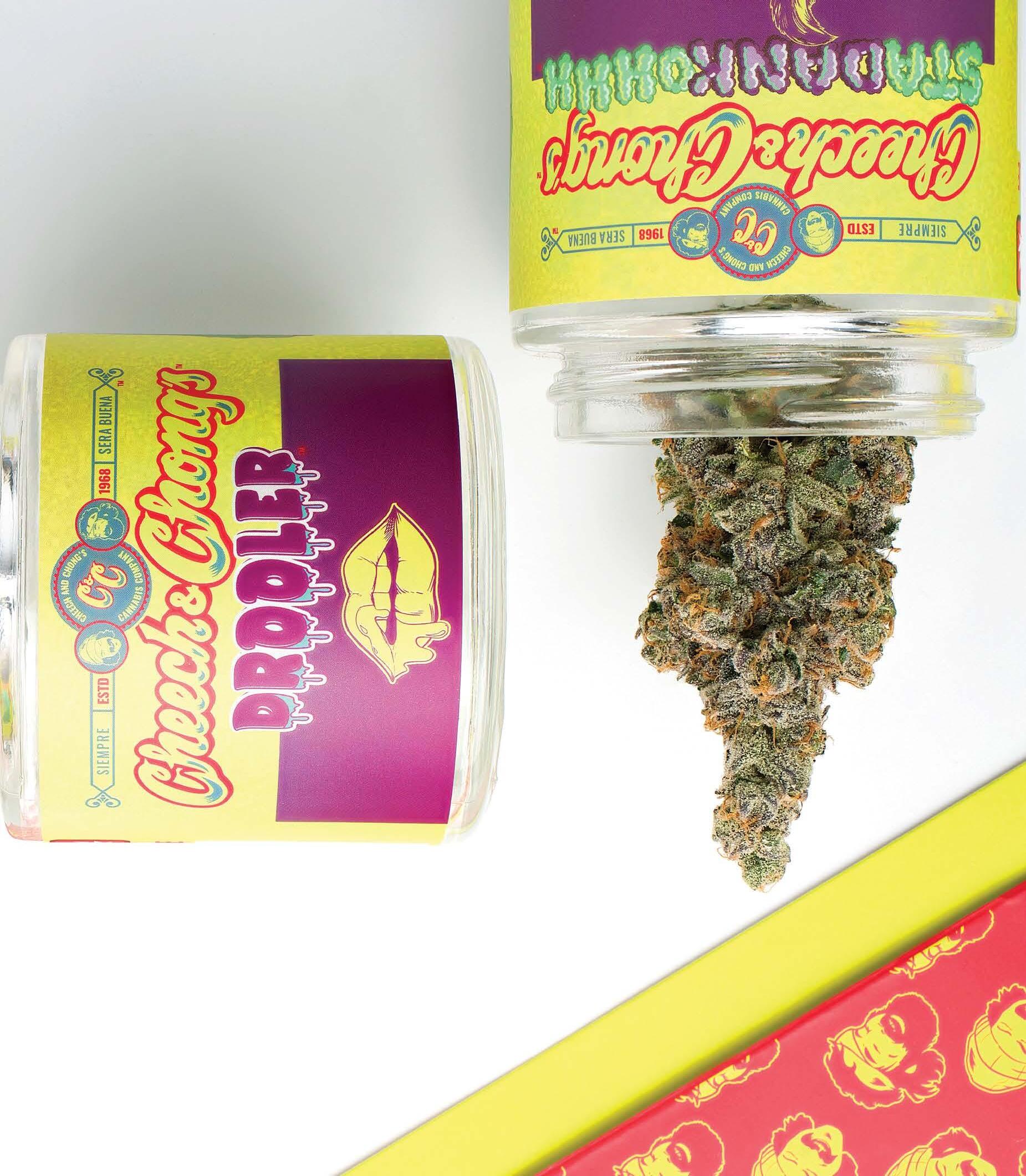

Comedy is a powerful medium for shifting culture. In this light, one lovable duo has led with laughter, sparking conversations and smiles for over 50 years. Cheech Marin and Tommy Chong have blazed a path for the plant’s social acceptance through silliness, song and smoke. Now, they’re bringing their iconic influence to Oregon, thanks to DogHouse Farms. This statewide staple-of-a-brand has been busting out beautiful buds since 2015, solidifying its spot in Oregon recreational Cannabis culture (as well as three other states). DogHouse Farms was selected by the Cheech & Chong brand to grow signature brand cultivars –which are categorized (state-to-state) by dominant terpene profile rather than specific genetics, explains Joey Marin, Chief Product Officer and son of Cheech. “Drooler, Yesca and StaDankOhhh all have their dominant terpenes (Myrcene, Limonene and Caryophyllene). The flower that is associated with these experiences can be related to each other in their own experience category based on their terpene profiles and dominant terpenes.”

Cheech Marin and TommyChong have blazed a path for the plant’s social acceptance throughsilliness, song and smoke.





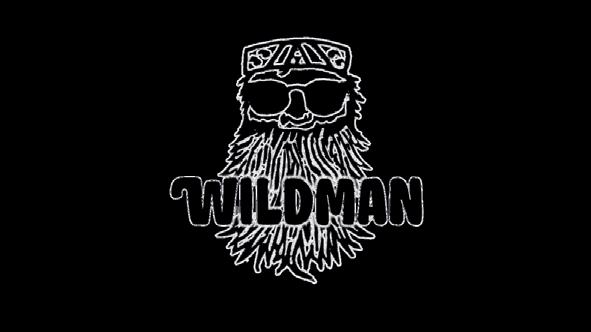

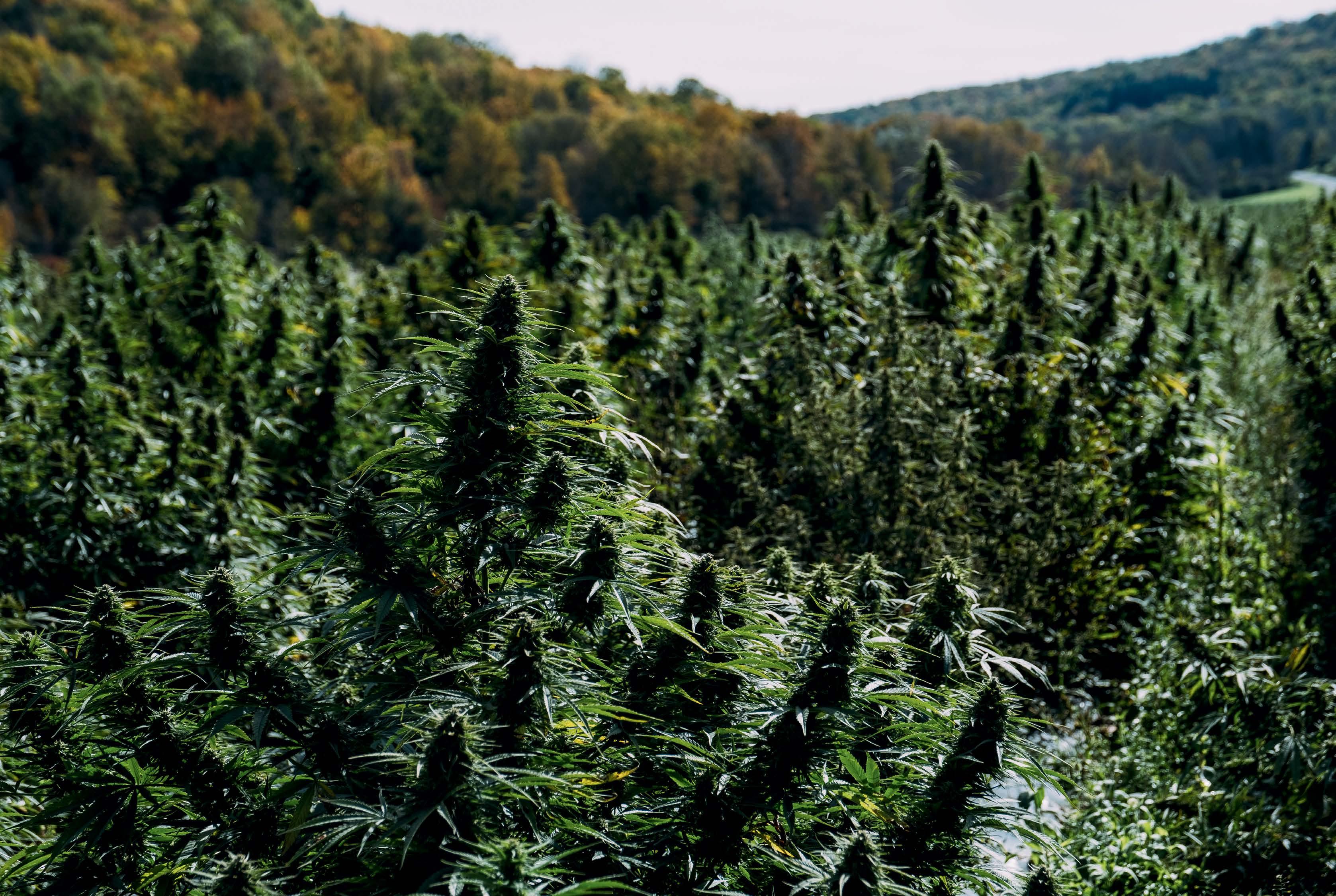

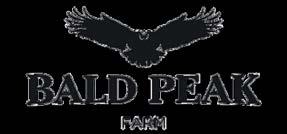


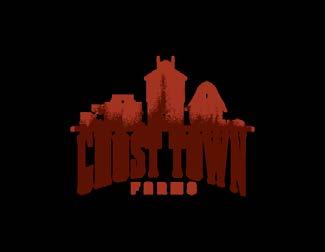







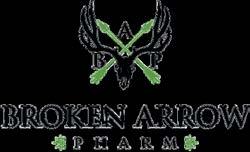




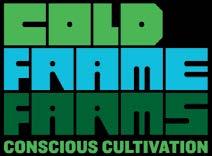

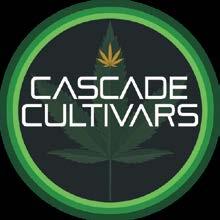
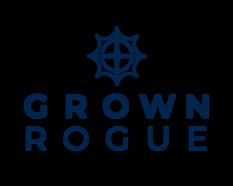


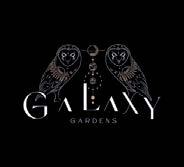







Gary Payton is objectively one of the greatest point guards in the history of basketball. For proof, let’s review the tape: NBA Championship? Check. Olympic Gold Medal? Got it. NBA All-Star? Payton made the All-Defensive First Team nine times, tied for the record with Michael Jordan, Kevin Garnett and Kobe Bryant. On the court, no one can challenge his legacy. But that’s all in the past. Now, the man they call “The Glove” is racking up assists in the Cannabis space, helping patients and athletes find relief with his new brand, Greater Purpose. The LEAF caught up with Payton courtside at a park in Los Angeles to learn more about his new moves.
Even if you’ve never watched basketball, you probably know Payton’s name from the famed Cookies strain named after him. Bred by Bay Area legend Kenny “Powerzzzup” Powers, the GP strain was named and released by Berner in collaboration with Payton.
“One of my guys came to me and said, ‘You know, they got a strain with your name,’” Payton said. “I said, ‘Who does?’ And it was a guy named Berner. I said, ‘We’re gonna have to meet with him.’”
The strain originally was called “Strain 20,” its ID number in Powers’ pheno hunt. Berner and the Cookies crew saw the correlation with the legendary Oakland-born baller Payton, whose jersey number was 20.
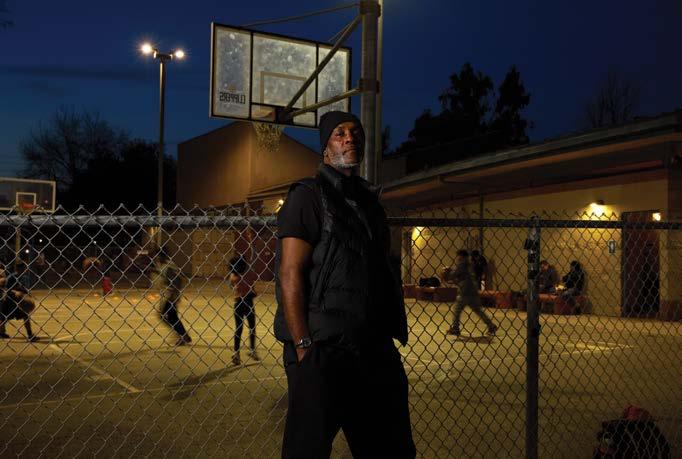
“He was like, ‘You are an OG here in Oakland, and we’re proud of you, we want to name it after you,’” Payton said, recounting his initial conversation with Berner. “So I said, ‘OK, cool.’”
Payton picked the likeness for the bags and helped with the creative decisions, and one of the most popular strains in Cookies’ history was born.
Ironically, considering the legendary status swiftly earned by his namesake strain, Payton had never been a weed smoker himself.
“When I was in the NBA, it wasn’t like that,” Payton said. “People didn’t know what Cannabis did for you. … Nowadays, it’s different, because a lot of people use Cannabis products, and they understand what it’s doing and helping. When I was playing, we didn’t have this much knowledge, so we didn’t believe in Cannabis. We didn’t know much about it.”
In the years since his career on the court, there’s been a tectonic shift in the attitude toward Cannabis in athletics. The plant’s recovery benefits have been well documented, and NBA commissioner Adam Silver lifted the league’s ban on Cannabis usage.

“Adam Silver knows that 80 to 90 percent of his players smoke marijuana,” Payton said. “So why fight it? You’re gonna catch ’em, and what if you catch the whole 80-90? You’re not gonna have an NBA.”
Not only is it in the league’s best interests to allow its players to make their own decisions about Cannabis, Payton says it’s in the players’ best interests, as well.
“With marijuana, they get a sense of relief,” he said. “They can mellow out and be calm. Most of these kids are smoking weed and playing PlayStation. They’re having a good time and being mellow. I’d rather have them like that than have them out on the streets, drunk, killing people.”
Payton doesn’t know how fast the rest of the professional sports community will catch on, but he loves that the NBA is leading the charge.
“I don’t know what baseball and football are gonna do,” he said. “I don’t think they trust it, and I don’t think the commissioners know much about it. But I think Adam Silver is a players’ Commissioner, and he understands what’s going on.”
While the world has experienced a sea change in its attitude toward Cannabis, Payton himself felt a personal perspective shift about the power of the plant that set him on a new path.
“It started because my mother — she's dying from cancer,” Payton said. “I gave her some gummies, I gave her some marijuana and some rubs that would keep her from aching and pain. During that time, we knew we couldn’t stop the cancer. It was terminal.”
The infused products Payton provided helped ease his mother’s suffering and brought her a modicum of normalcy during her struggle.
“I decided to do it for a greater purpose," he said.
Greater Purpose became his mantra, his mission, and then became the name of his own therapeutic Cannabis brand. Payton founded the company with industry operators Green Label Rx to bring safe and clean relief to patients and athletes. They are releasing a lineup of roll-on balms and gummies to start.
“It’s a Greater Purpose to help people who are ailing,” he said, “to get them off medications, to have a better life.”
The products are aimed squarely at symptom relief, and Payton recommends them for use anytime you might experience swelling, muscle pain or stiffness, especially before and after workouts.
“I use it every day I get up,” he said. “If I’m feeling achy, I’m getting close to 60, so I’m like, ‘Yo, I gotta use it, too.’ It makes me feel better, and it’s safe. I don’t feel high, I don’t feel drowsy, I feel great.” @GARY.PAYTON.20
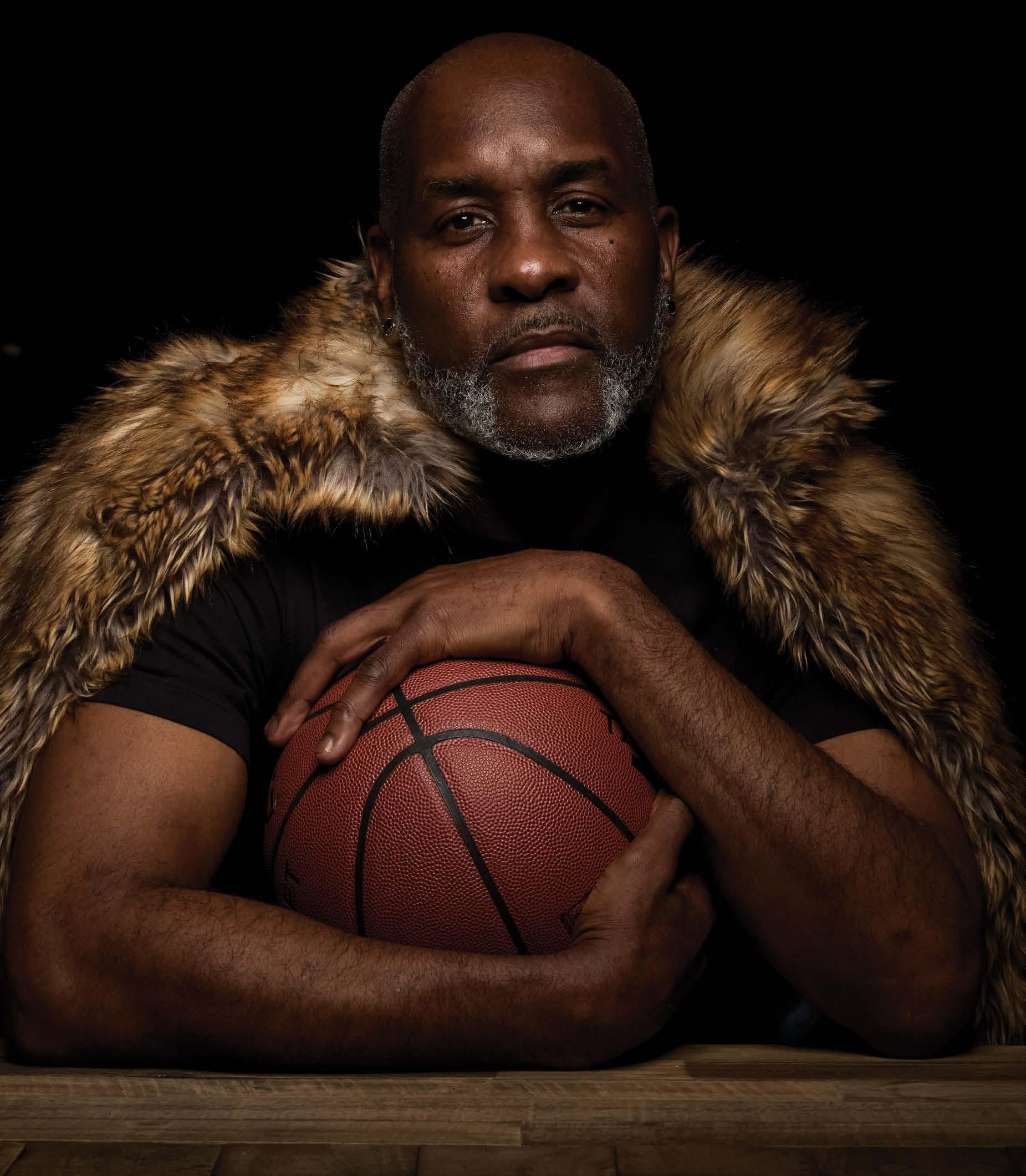
" IT’S A GREATER PURPOSE TO HELP PEOPLE WHO ARE AILING, TO GET THEM OFF MEDICATIONS, TO HAVE A BETTER LIFE."



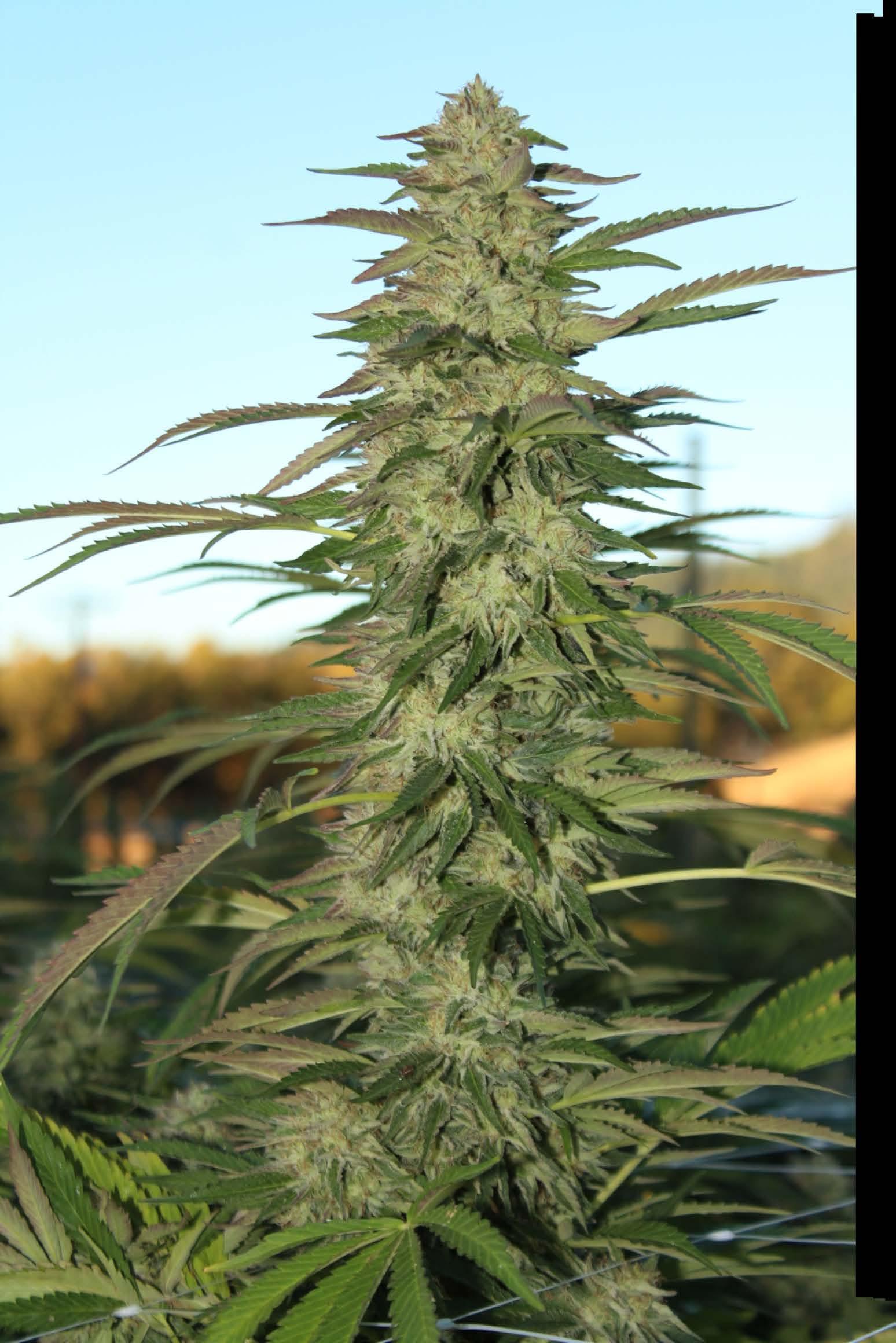


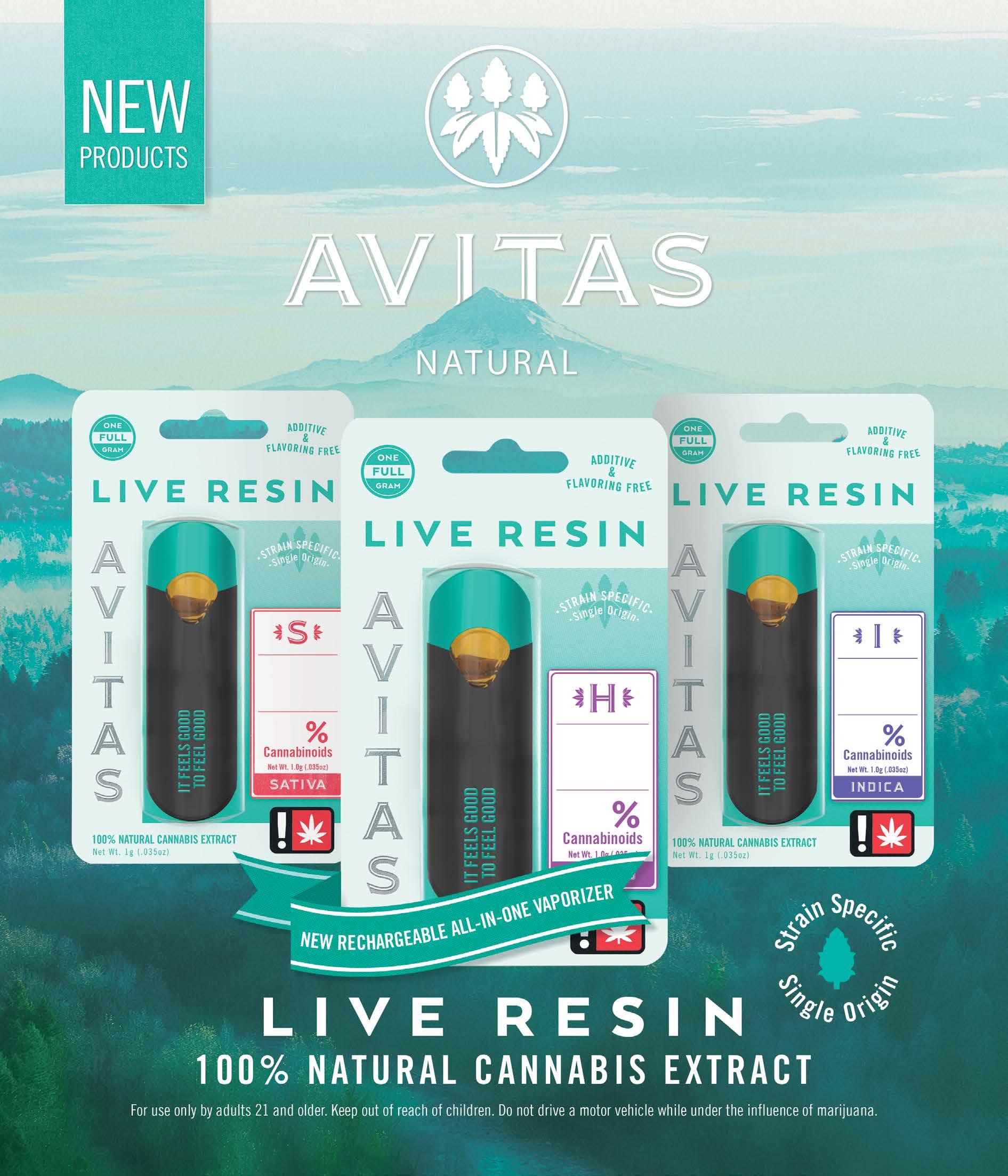

San Francisco’s Haight-Ashbury neighborhood in the late 1960s was ground zero for the birth of the counterculture in America — manifesting the fashion, music, and mindset that defined a generation. Experimental, socially conscious jam bands like Jefferson Airplane, Big Brother and the Holding Company, Quicksilver Messenger Service, Moby Grape and, of course, the Grateful Dead provided the soundtrack to the dawning hippie revolution. It was at their concerts, in legendary Bay Area venues like the Fillmore West and the Avalon Ballroom, that thousands of young people from across the country first experimented with mind-altering substances like marijuana, LSD, mushrooms and peyote — opening their minds to the universe and losing themselves within the music.

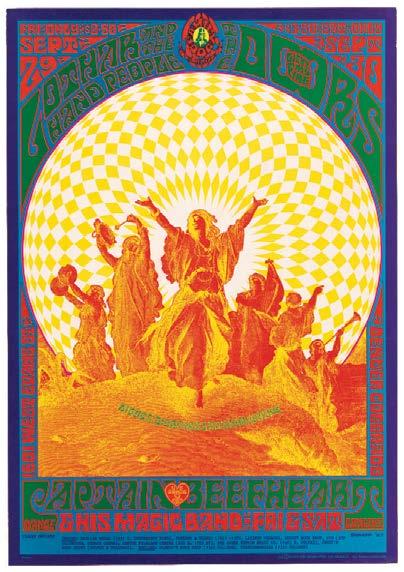
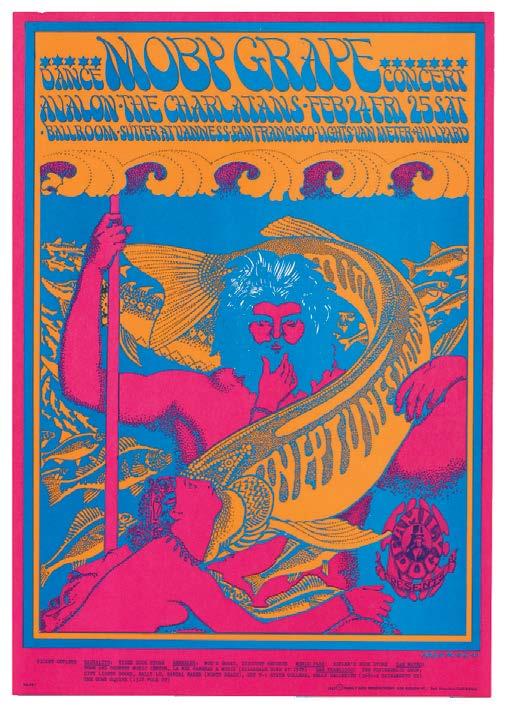
So naturally, the advertisements for those shows had to be just as psychedelic. To meet that need, a new breed of underground artists emerged to create a new pop culture art form: the rock poster. Now the Portland Art Museum is revisiting the work of these incredible artists with a groovy new exhibit entitled “Psychedelic Rock Posters and Fashion of the 1960s.”
The exhibit features nearly 200 posters from around a dozen different artists, including the genre’s legendary “big five” — Rick Griffin, Alton Kelley, Victor Moscoso, Stanley Mouse and Wes Wilson. Most of these entheogen-inspired handbills feature vivid colors that vibrate when juxtaposed against one another, creating optical illusions of movement (especially when viewed while tripping), and wavy, hand-drawn lettering (inspired by turn-of-the-century European art) that is often nearly illegible — specifically designed that way to keep the “squares” away.
“The artists deliberately made them difficult to read, and I think part of that was so they could appeal to this subculture of folks who would stand there and stare at that poster as long as it took to figure it out,”
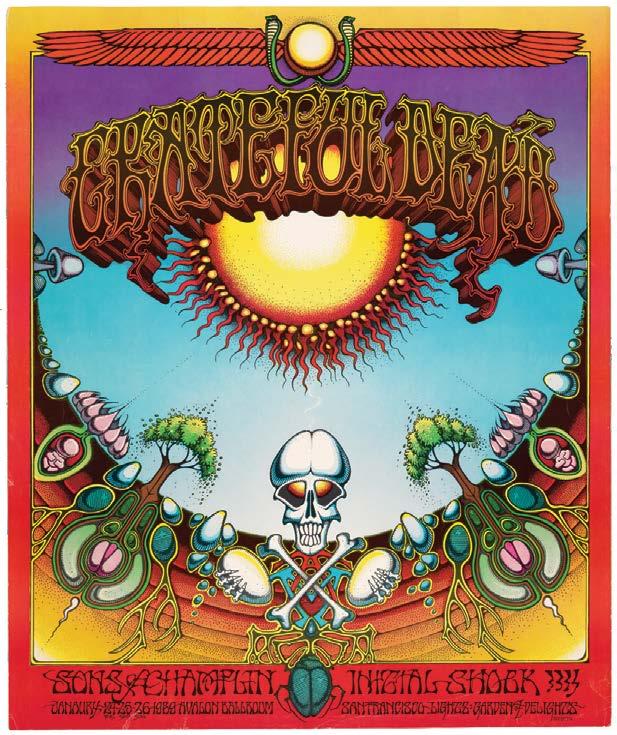


notes the exhibit’s curator, Mary Weaver Chapin, Ph.D. “Not surprisingly, the people who commissioned the posters did not like that at all. In fact, there's a famous exchange in which one of the producers, Bill Graham, says to his artist, Wes Wilson, ‘These are terrible — nobody can read them!’ And the artist replies, ‘Yeah, man, that's the point!’”
The vast majority of the posters on display were donated to the museum by local artist Gary Westford, who began collecting them while attending San Francisco State College from 1968 to 1971. In addition to the art, the exhibit also features a selection of fashions from the era and a psychedelic light show by OG visual artist Bill Ham, who provided the visuals for many of the old “Family Dog” concerts at the Avalon that these posters were promoting.
The “Psychedelic Rock Posters and Fashion of the 1960s” exhibit runs until June 25, so if you’re in the area and feel like experiencing a far-out flashback, take a hit of your preferred vibe enhancer and head on down… We think you’ll really dig it.
PORTLANDARTMUSEUM.ORG @PORTLANDARTMUSEUM
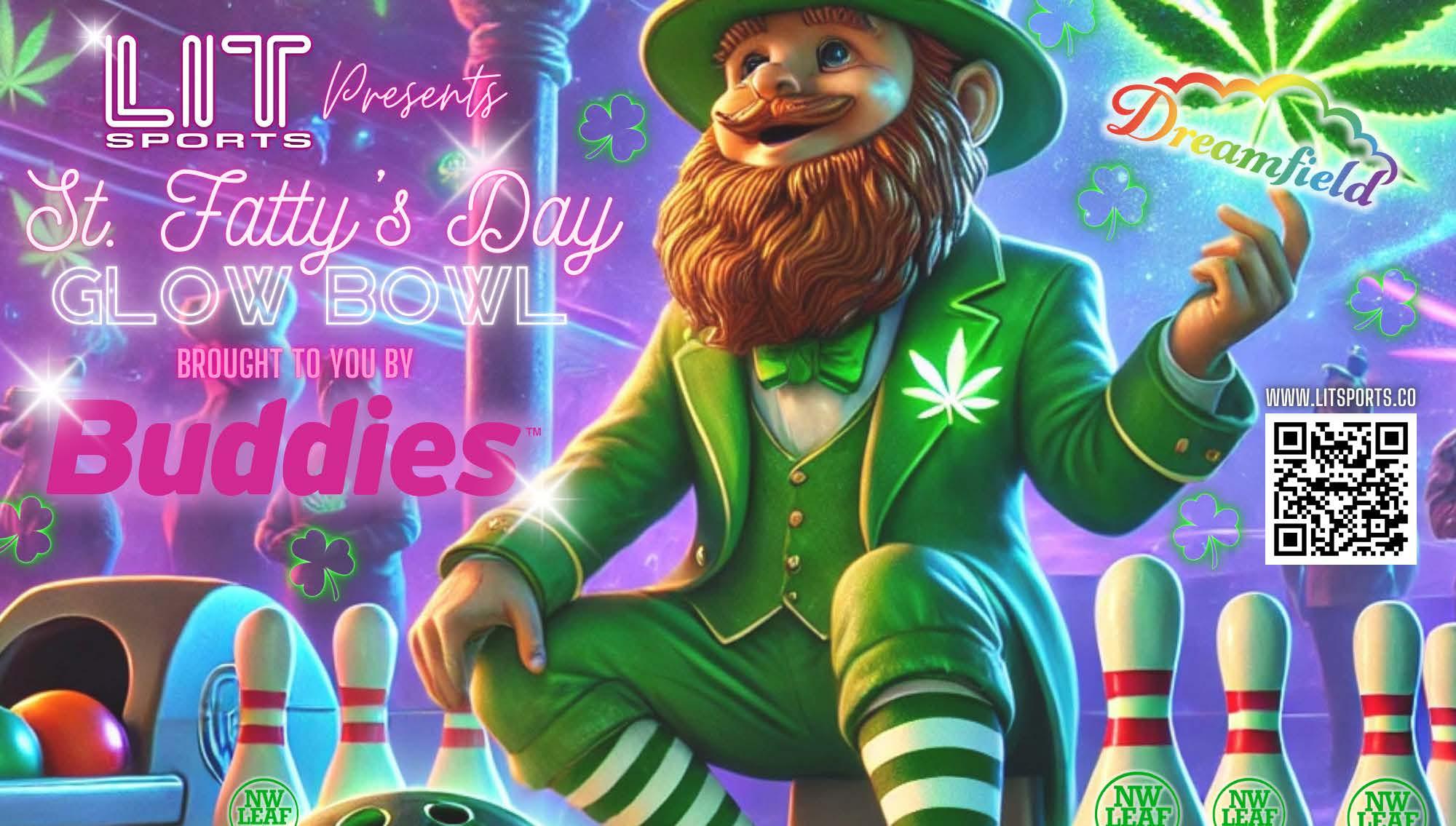
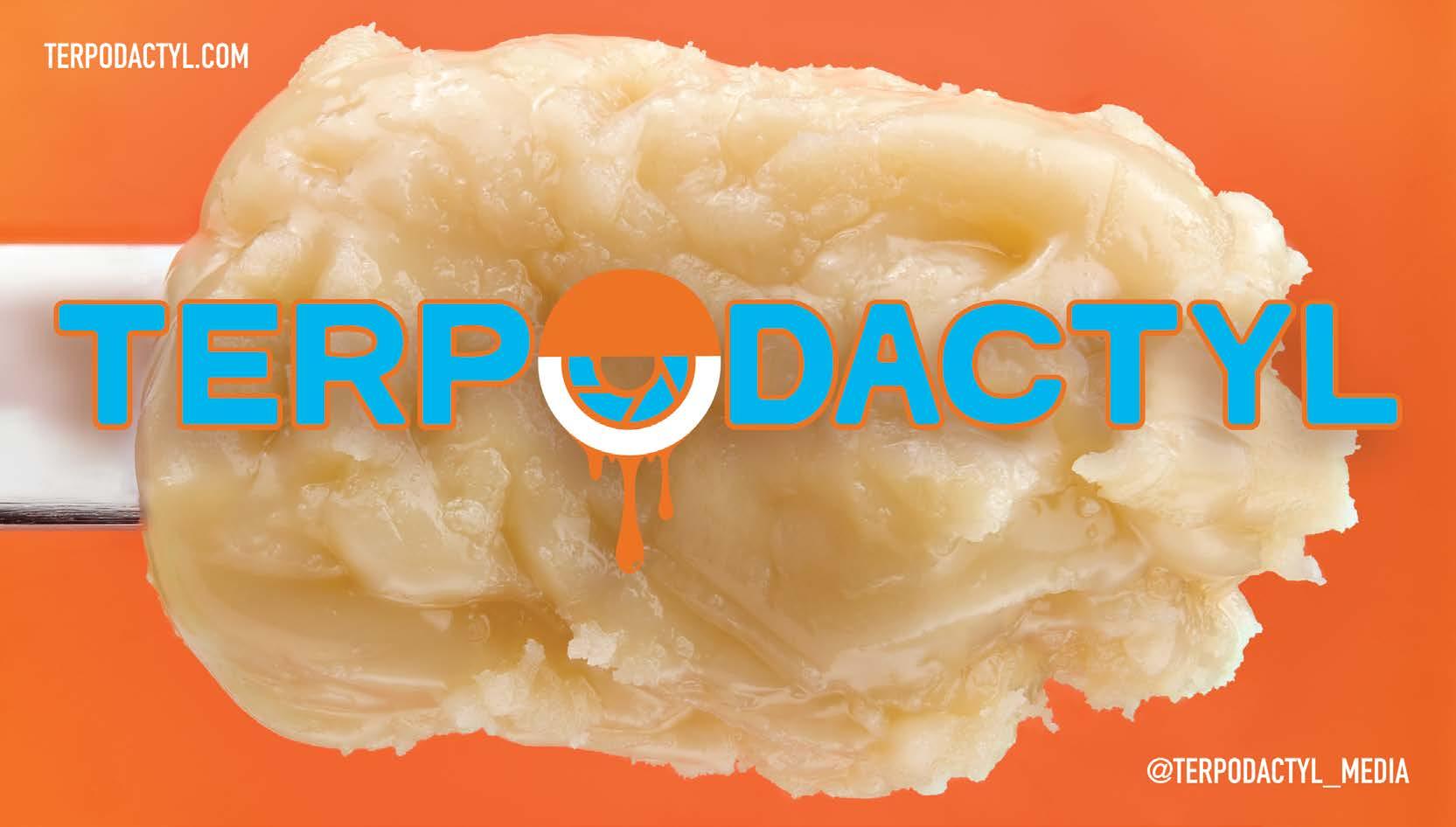
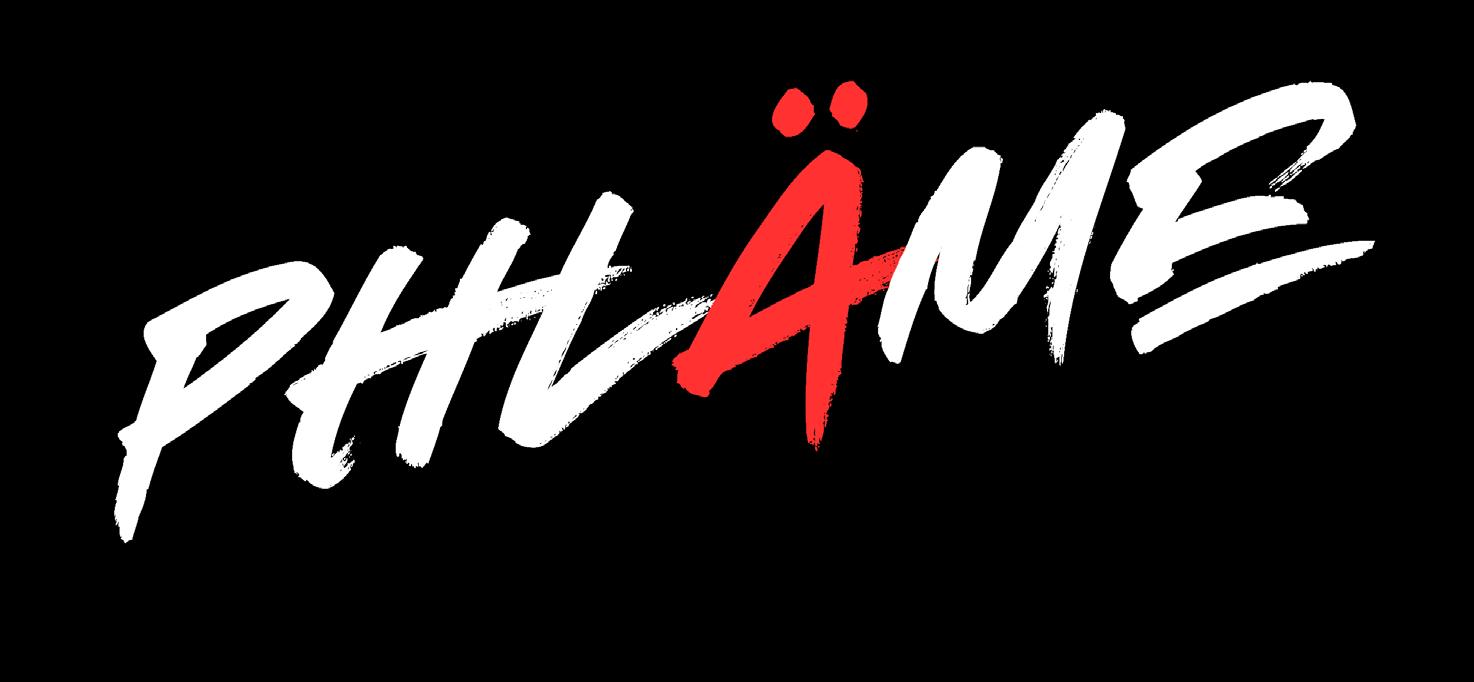



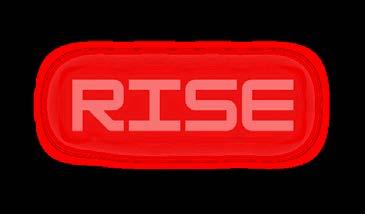




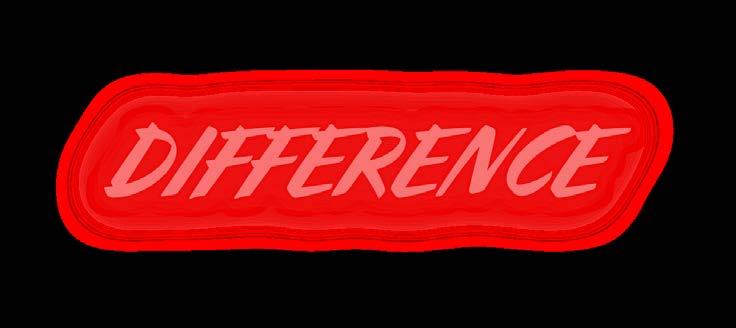


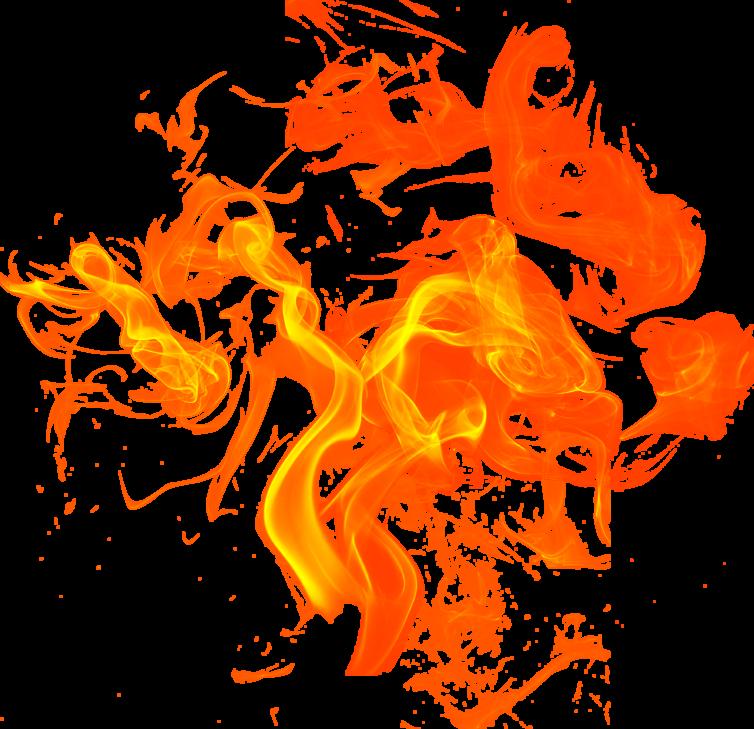
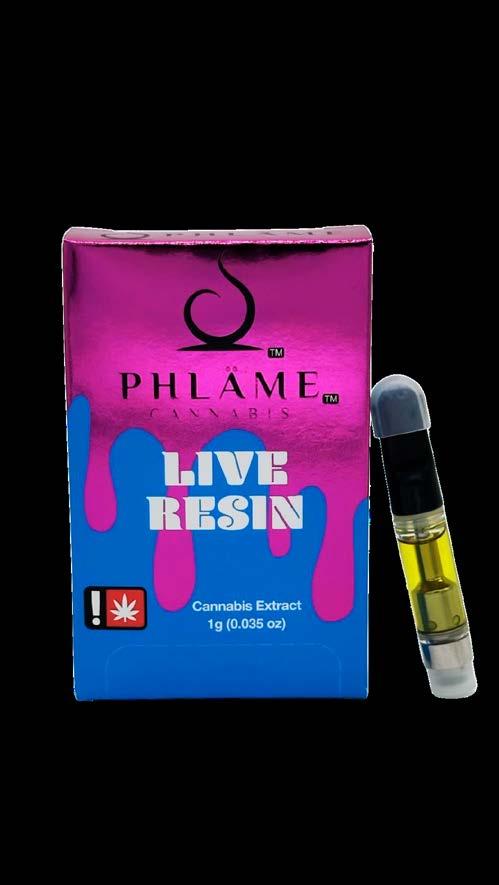


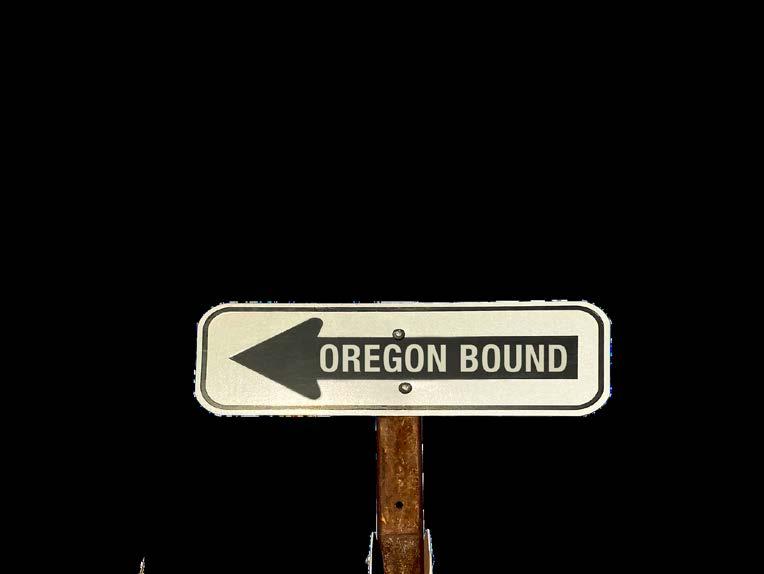
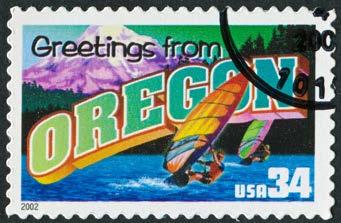
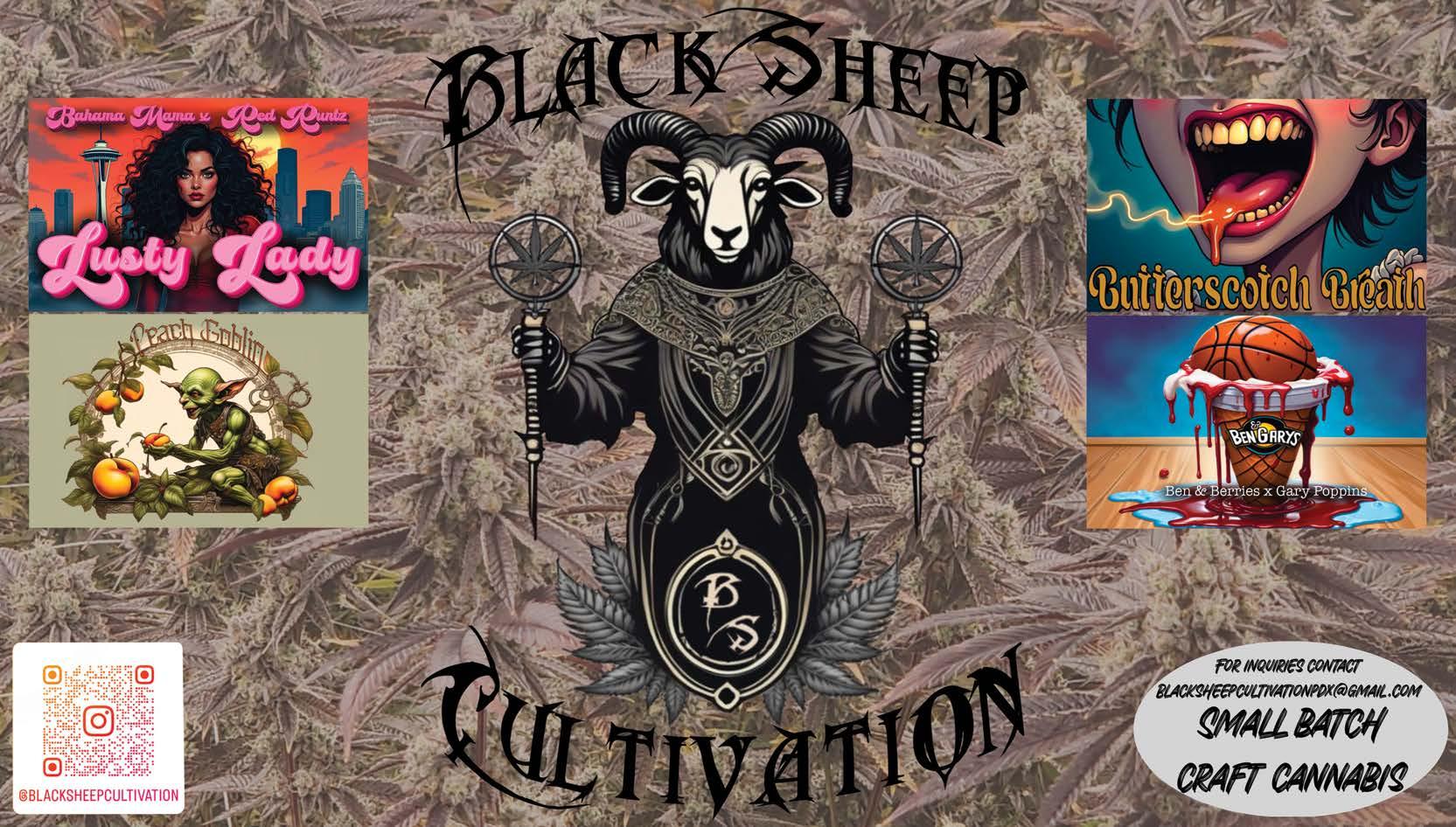


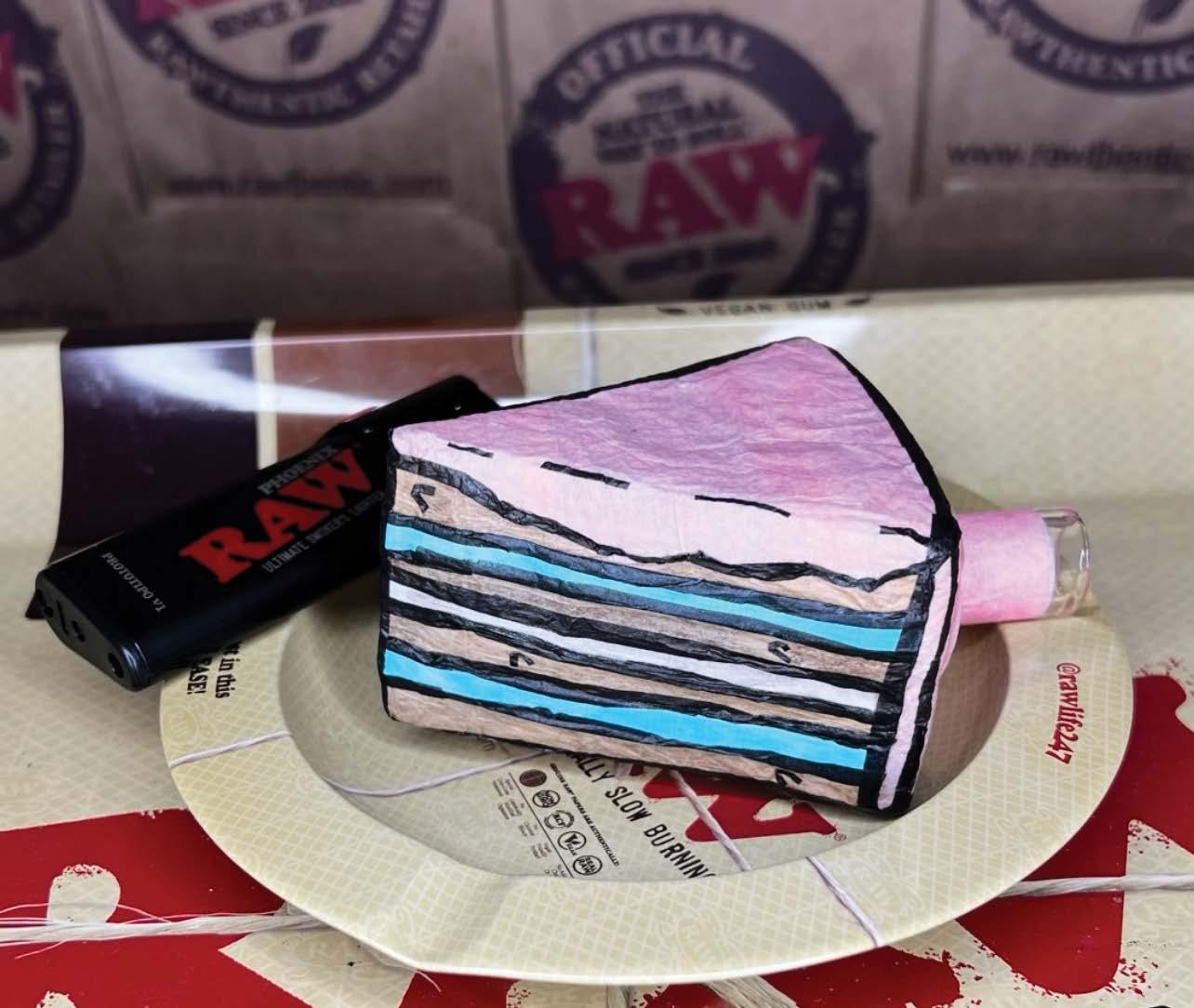
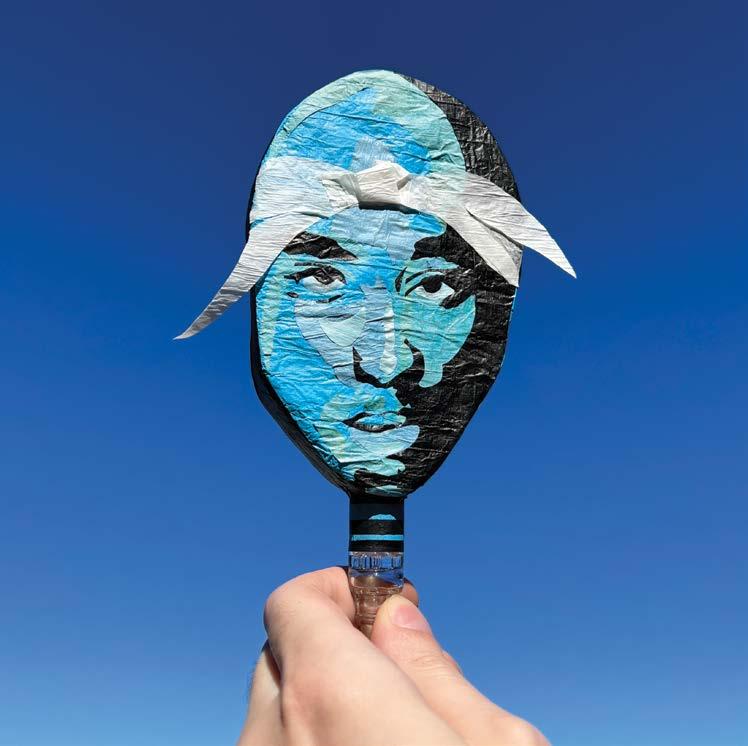


Joint rolling has enjoyed a brilliant renaissance as of late. With waves of professional rollers in both the traditional and recreational markets, and a growing desire for hash donuts from consumers at events, there’s an accessible, connoisseur-level experience for almost every shopper. These artisans are masters with rolling papers and an adhesive pen. But what about the people who prefer to create sculpture?
There’s no doubt the bar for a wellrolled joint is set high, but we want to talk about those out-of-this-world, intricate, pinata-like joints — the kind that look like miniature super yachts with little people on the bow and a tiny speedboat at the back that you inhale through.
Our previous article on “The Art Of The Roll” explored this world with superstars like Grasshoppa, Tony Greenhands and June Da Goon. However, this time we’re taking a deeper dive into the world of rolling paper mache to ask: What does it take to create these masterpieces? To help, we enlisted the help of MJ Mazzei, a Los Angeles-based artist who fashions flowers into incredible forms like speedboats, dinosaur skulls, Air Jordans and even color portraits.

the way of education despite it already being pioneered for years by people like Weavers and Tony Greenhands. Studying their online videos and spending hours practicing, he began to outline the art form for himself.
According to Mazzei, there are three major techniques. The first is the traditional ones we see in how-to books, like the cross joint or the windmill. They take skill, but as he points out, there’s a ceiling for how elaborate you can get. Next there’s the sculpting method, where you take pre-rolled pieces and adhere them together, adding and subtracting segments until the whole thing becomes a single, smokeable piece. You can see this style in the work of LGLAWEED, Eclipse, and Lydia The Doobie Duchess.
Mazzei, a full-time roller and content creator, started his journey into this kind of tech in 2022. Back then, he says, there really wasn’t much in
Finally there’s the mold and form method. With this you can use a mold as a framework to paper over, then cut away the paper from the frame and fill it with weed before sealing it back up.
>> Continues next page
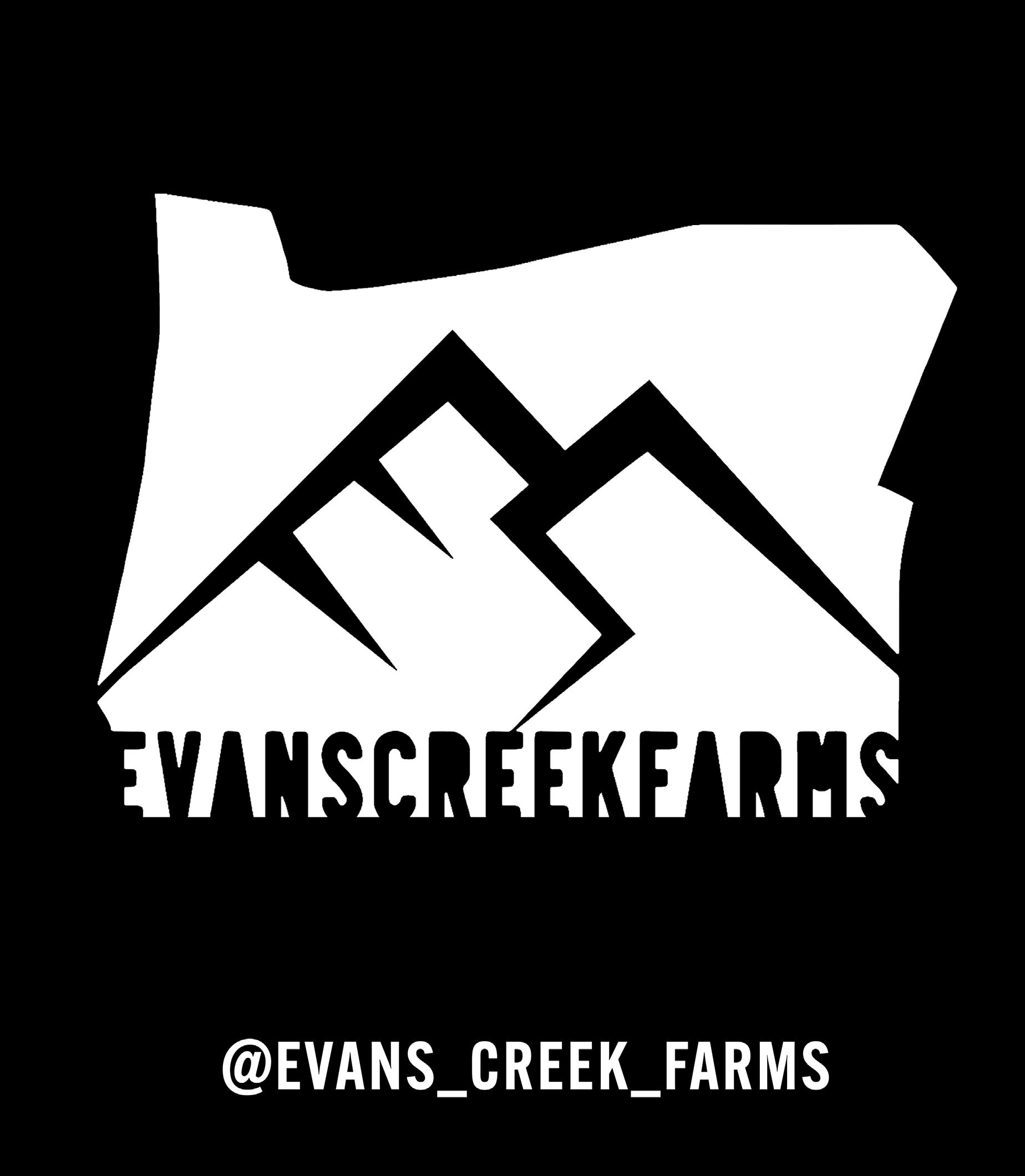
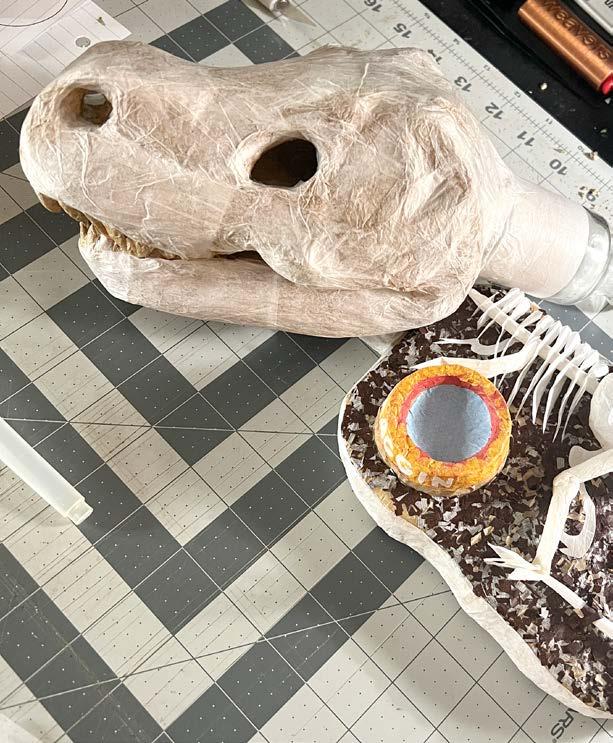
Alternatively, using a form, you can layer paper around that until you create a sort of pocket around the shape that can be filled up and sealed like an empanada.
This is how Mazzei says he works most, and he even helped design a mold kit for first-timers so they can try the process out in less than an hour. He says regardless of which of the three you choose, there’s still the time involved in grinding all the weed up. Recently, he spent six hours prepping 1 1/2 pounds for a Basquiat-inspired piece. (above)

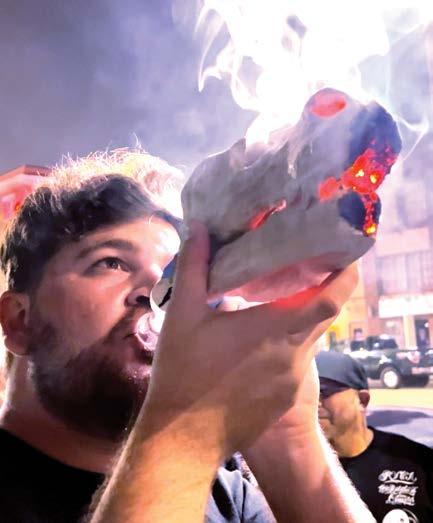

HOW
How long one of these smokeable sculptures takes to create really depends on the size of the project just as much as the amount of weed you’re sticking inside of it. Mazzei said hours can be spent on shading and color (we’re quick to forget that rolling papers come in a pretty small color palette). Layering them to produce different hues is something that takes a lot of time to perfect. Some of his portraits took 30 to 40 hours, but after all the practice, he says object-based pieces take around a day to complete.
When asked if there’s any one he’s particularly proud of, he brought up two different pieces. The first was a Bosky collab for the Freedom Grow Gallery at Hall of Flowers this year. The two hands lighting a joint, one skeleton and one flesh and bone, represented the struggle Cannabis prisoners face in the fight for their freedom. He meant this to evoke conversation in the way we expect of traditional gallery art. The second was a tribute to Basquiat he created for the Terp Basel event. Working in a medium that’s often overshadowed by brand marketing, that piece represented a chance to make an artistic statement and create something that wows the crowd at a sesh, as well as in a museum.
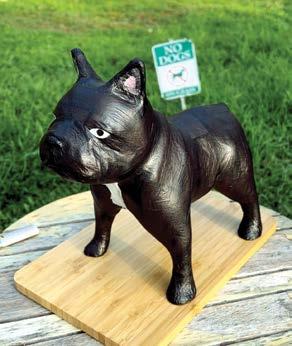
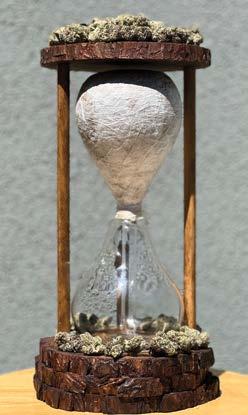
but it mostly comes down to sound engineering. “Corners are particularly hard to get burning properly,” he said. “The airflow wants to go to the inner side and will burn faster than the outside.” Mazzei points to his T. rex skull, which had so many angles that the whole thing burned from the inside out, giving the unexpected effect of flaming eyes. Another important factor he brought up is that, as the joint burns, the flow er below is dehydrating and therefore shrinking. If the flower isn’t tightly pressed or the joint isn’t well-engineered, the second half can become loose, causing the cher ry to fall out.
For anyone interest ed in learning more, Mazzei has created the World Series of Rolling to host competitions, skill shares and a community space for anyone looking to practice this art form.
We asked for some pointers on making molded joints, and he said there are a few important things to keep in mind,
“No one person can overcome the shadowban,” he points out. “This creates a platform where the art can be visible.” You can also purchase one of the rocket mold kits he helped create online and then try it out with your friends.
“Physical, like traditional art; digital, for its ability to quickly deliver a message through social media networks; and most importantly, experiential, because we’re consuming this to create memories.”

What’s great about Mazzei is his appreciation for this as more than a technique or art that’s unique to our community. “I see this as having three forms,” he told us.
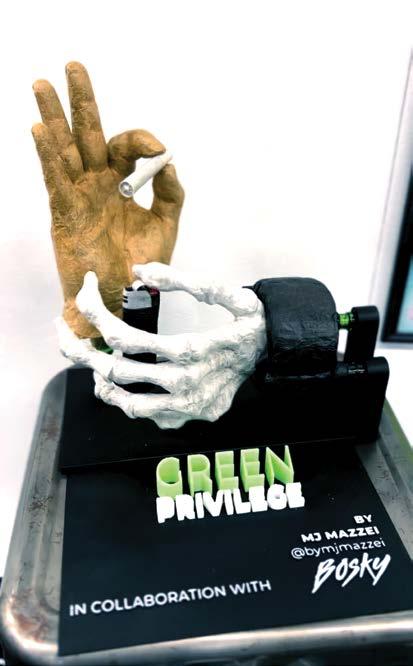

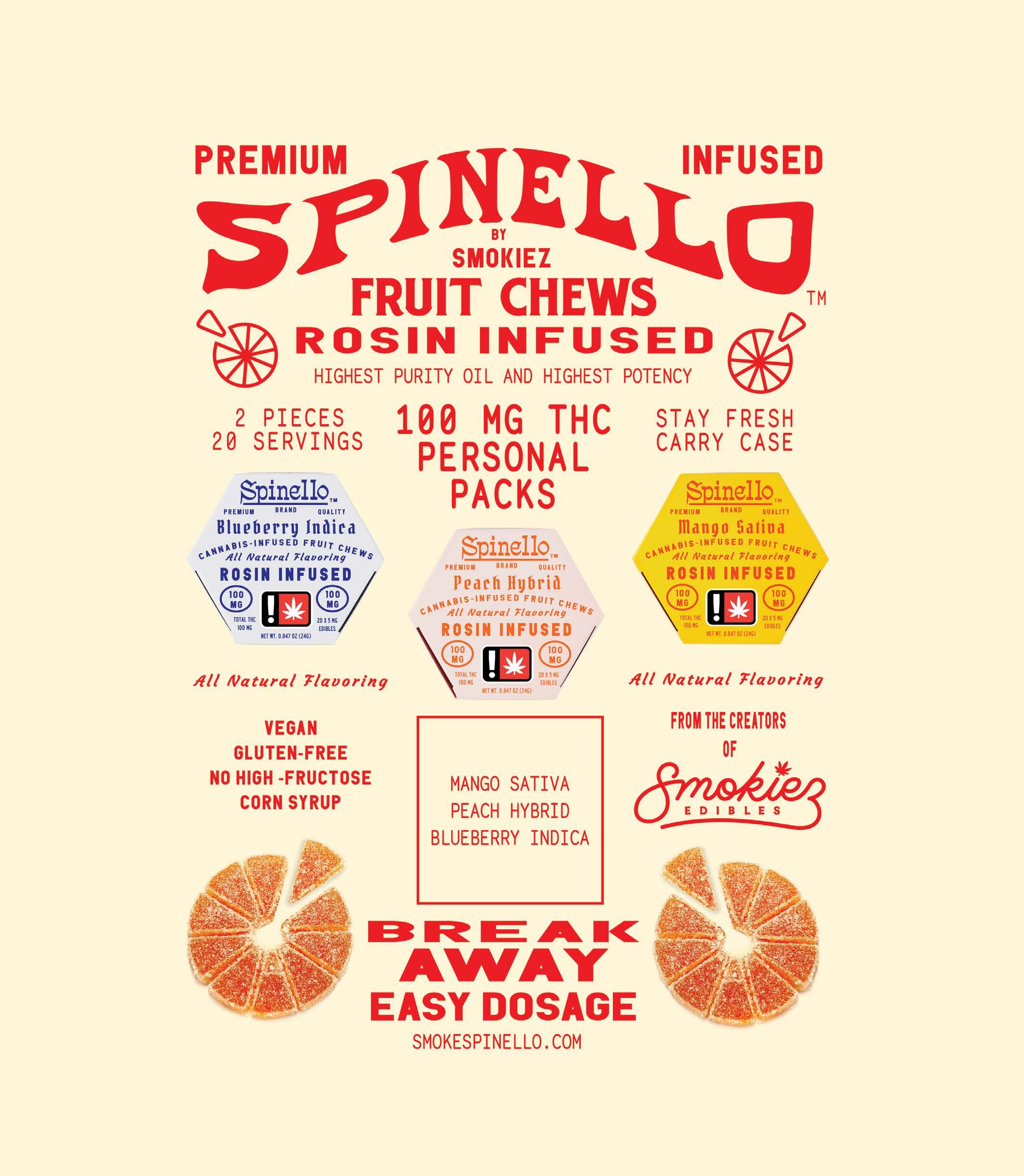

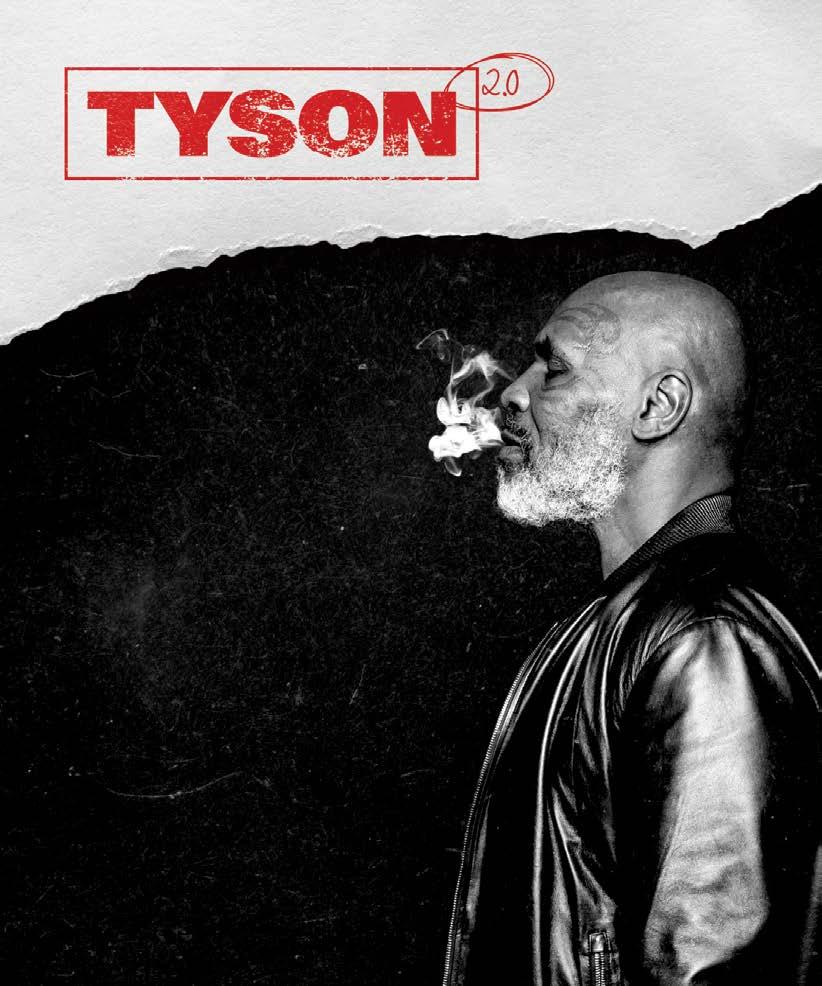






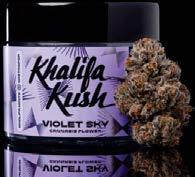
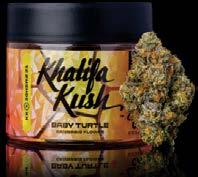





The story of Cypress Hill begins in the early 1980s in the LA suburb of South Gate, where two Cuban-American teenagers named Senen Reyes and Louis Mario Freese first met while attending nearby Bell High School and forged a fateful friendship. Reyes reportedly gave Freese (five years his junior) his first joint when he was around 13, and the two became instant stoney homeys — cutting school, smoking “Buddha,” reading High Times and listening to Public Enemy records together. Adopting the MC monikers “Sen Dog” and “B-Real,” they dreamed of becoming famous rappers… but it wasn’t until after connecting with an Italian-American DJ from Queens, NY, named Lawrence “DJ Muggs” Muggerud in 1986 that their pipe dream began to come into focus.
Originally, it was Sen and his brother Sergio, aka Mellow Man Ace, who formed a group with Muggs called DVX (Devastating Vocal Excellence). But when Ace went solo, B-Real stepped up, prompting the group to change its name to Cypress Hill — inspired partly by a reference in the “Wild Style” movie soundtrack and partly by a street Sen lived on called Cypress Avenue. With Muggs as their DJ/producer, they began writing and recording songs, developing their own unique, Latin-infused hip-hop sound. Sen’s vocals were deep, raw and gruff, while B, on the other
hand, had a distinctively highpitched, nasal style. As for their lyrics, they were primarily inspired by two things: their hard times in the hood (both Sen and B had spent time gangbanging with the Bloods) and their love of weed.
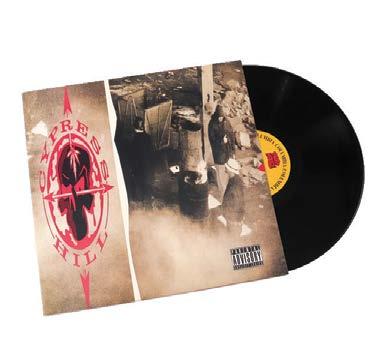
“When we first started Cypress, we weren’t even writing about weed — it was Muggs that had the vision,” Sen told DJmag.com in 2021. “He told me one day, ‘You and B-Real need to be the Cheech and Chong of hip-hop. You guys are the two biggest stoners I know. You read High Times like it’s the Bible. You guys are great rappers, but you don’t have something that you’re known for. And it’s been under your nose the whole time!’”
The trio put together a six-track demo tape and began shopping it around. They received offers from a few labels but turned them down due to the censorship that would’ve been imposed on them.
“They thought we were good entertainers,” Sen told Medium in 2016. “They just … didn’t want us to rap about weed, didn’t want us to cuss in our songs, didn’t want us to use the word ‘nigga,’ didn’t want us to talk about violence…”
From Snoop and Dre, to Meth and Red, to Berner, Cudi and Khalifa — many rap icons have made Cannabis an integral part of their music and personas throughout the years. But when it comes to the true OGs of reefer rhymes, the musical godfathers of the modern marijuana movement, none can compare to the “Cheech and Chong of hip-hop,” Cypress Hill.
Ultimately, in 1990, they signed with Philadelphia-based Ruffhouse Records (a subsidiary of Columbia/Sony), which offered total creative freedom. This resulted in their 1991 self-titled debut — a groundbreaking album that combined Spanish slang and sirens with beats and melodies sampled from diverse genres, including rock, soul, jazz and funk. But the most distinctive aspect of the album was its heavy emphasis on marijuana. Not only did most of the songs have weed references, but three songs (“Light Another,” “Stoned is the Way of the Walk,” and “Something for the Blunted”) were dedicated entirely to getting high. They even adopted a skull with an inverted pot leaf as their logo, which is featured prominently on the cover. Surprisingly, rather than discouraging their pot proselytization, Sony actually leaned into it, running a full-page ad for the album on the back cover of the band’s beloved High Times (Dec. 1991). A few months later in the March 1992 issue, High Times bumped them up to the front cover, running a feature interview with them that included a photo
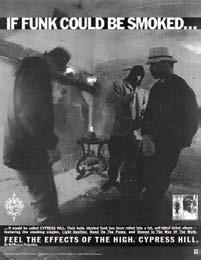

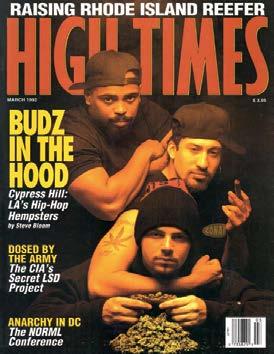
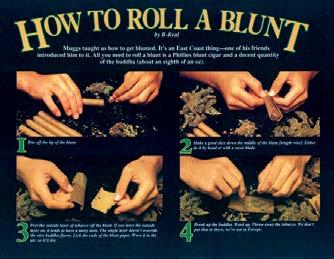
essay in the centerfold entitled “How to Roll a Blunt” — the first time blunts were discussed in the magazine.
Well received by fans and critics, Cypress Hill’s eponymous debut would eventually be certified double platinum, making them the first Latino rap artist to sell over a million albums. But more importantly, they set a new standard for openly embracing Cannabis in hip-hop — paving the way for Snoop and Dre’s “The Chronic” and the countless other herb-inspired joints to follow.
“Rappers didn’t talk about weed when Cypress Hill came out,” Muggs bragged to Revolver in 2018. “We opened the floodgates.”
Cypress didn’t just sing about Cannabis, though — they actually advocated for its legalization, becoming the official “smokes-band” for NORML and learning about the plant’s history and uses from activist icon Jack Herer. In fact, when it came time to release the group’s follow-up album, “Black Sunday,” in July 1993, they included an info sheet of marijuana factoids culled straight from Herer’s groundbreaking book, “The Emperor Wears No Clothes.”
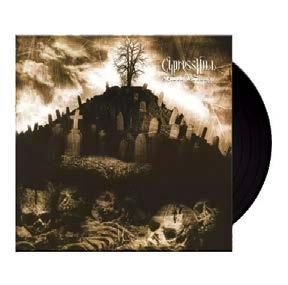
“We always considered ourselves the champions of cannabis culture in terms of hip-hop and mainstream music,” B-Real has said. “We wanted people to know that we weren’t just about smoking, we were about educating people about all aspects of the culture.”
Naturally, “Black Sunday” also featured more classic stoner anthems, including “Hits From the Bong,” “I Wanna Get High” and a brief interlude entitled “Legalize It” that layered quotes from Herer and HT editor Steve Bloom over a funky guitar groove. Cypress’ controversial Cannabis support garnered them a huge following among college kids and a ton of media attention. Thanks in part to this coverage, “Black Sunday” debuted at No. 1 on the Billboard 200 chart, making Cypress Hill the first hip-hop group to have two albums in the Top 10 simultaneously. Selling over a quarter million copies in its first week, it went on to go triple platinum and earn two Grammy nominations.
I WANNA GET HIGH
Riding high on the success of “Black Sunday” and the growing influence of hip-hop, Cypress Hill continued their marijuana-fueled march into mainstream American culture.
“We always considered ourselves the champions of Cannabis culture in terms of hip-hop and mainstream music.”
Months after the album’s release, the band was booked to perform on the Oct. 2, 1993, episode of “Saturday Night Live.” Though SNL was known for subversive, counterculture humor, Cypress was admonished by numerous network and record company executives not to smoke pot on stage. Nevertheless, when it came time for their second performance, “I Ain’t Goin’ Out Like That,” DJ Muggs “felt like he needed to make a statement.” As the song began, Muggs defied the warnings — announcing: “Yo New York City… they said I couldn’t light my joint … but we ain’t goin’ out like that,” then firing up and puffing on a doobie. As a result, producer Lorne Michaels banned them from the show.
“I was like, ‘Man, fuck them,’” Muggs told Revolt in 2022. “Cause, you know, we were young and aggressive. We really just didn’t give a fuck.”
A few years later, Cypress reached an even larger TV audience when they made a guest appearance on another pop culture institution, “The Simpsons.” During the May 19, 1996 episode “Homerpalooza,” an animated version of the trio begins to perform “Throw Your Set in the Air” (from their third album “Temples of Boom”), during which Bart and Lisa notice an odd aroma in the air that “smells like Otto’s jacket.”
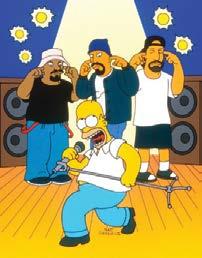
own annual marijuana music festival, the Cypress Hill SmokeOut. Hosted by Cheech and Chong, the show featured an array of activist speakers and rap, reggae and metal performers. In 2010, the SmokeOut made history as the first music festival to allow licensed medical marijuana patients to consume their Cannabis legally.
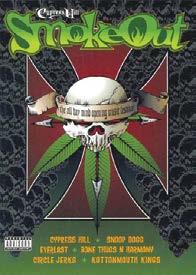
Despite several hiatuses to pursue solo and side projects, these Stoned Raiders have continued to crank out groundbreaking ganja-inspired grooves for over three decades — releasing eight more albums featuring numerous other reefer rhymes, including “High Times,” “Ganja Bus” (with Damian Marley), and the hilarious “Dr. Greenthumb,” in which B-Real plays a goofy grow guru sporting a lab coat, stethoscope, afro wig, nerdy glasses and buck teeth.

There’s also another scene backstage where they’re accused of ordering the London Symphony Orchestra while high, then perform a rendition of “Insane in the Brain” with classical accompaniment (another notorious “Simpsons” prediction that eventually came true when Cypress performed with LSO last July!).
Throughout the 1990s, Cypress Hill widened their fanbase by touring with several mega festivals, such as Lollapalooza, H.O.R.D.E., Warped Tour, Smokin’ Grooves, and even Woodstock ’94, where they performed alongside rock icons like Metallica and Aerosmith (and added percussionist Eric “Bobo” Correa to its lineup).
But regardless of where they played or who they played with, Cannabis remained a consistent component of Cypress’ live shows — smoking cartoonishly large joints on stage, encouraging their audience to light up, and even inviting Herer up to drop some knowledge on the crowd before their sets. Then, in 1998, the group founded their
Eventually, B took his commitment to Cannabis — and his wacky alter ego — well beyond the world of music. In 2009, he founded his own streaming network, B-Real TV, where he hosts several podcasts, including “The Dr. Greenthumb Show” (dubbed “The Highest Show in the World”) and “The Smokebox,” where he and various celebrity guests hotbox one of his classic lowriders. In 2018, B opened his first Dr. Greenthumb’s dispensary in Sylmar, California, and has since expanded to seven locations across the state. He’s also launched two Cannabis brands, Dr. Greenthumb and Insane, and a line of glass joint filters called Phuncky Feel Tips.

To date, Cypress Hill has sold over 20 million albums worldwide, been nominated for three Grammys, and even been honored with a star on the Hollywood Walk of Fame in 2019. But despite these accomplishments, their greatest impact on our culture is how their music and advocacy have helped lead marijuana into the mainstream acceptance it enjoys today.
“I like to think that Cypress Hill had something to do with changing that culture and that mentality,” Sen Dog once said. “I will forever believe for the rest of my life that Cannabis is actually something that is positive for the earth and positive for human beings.”

Visit WorldofCannabis.Museum/Cannthropology.
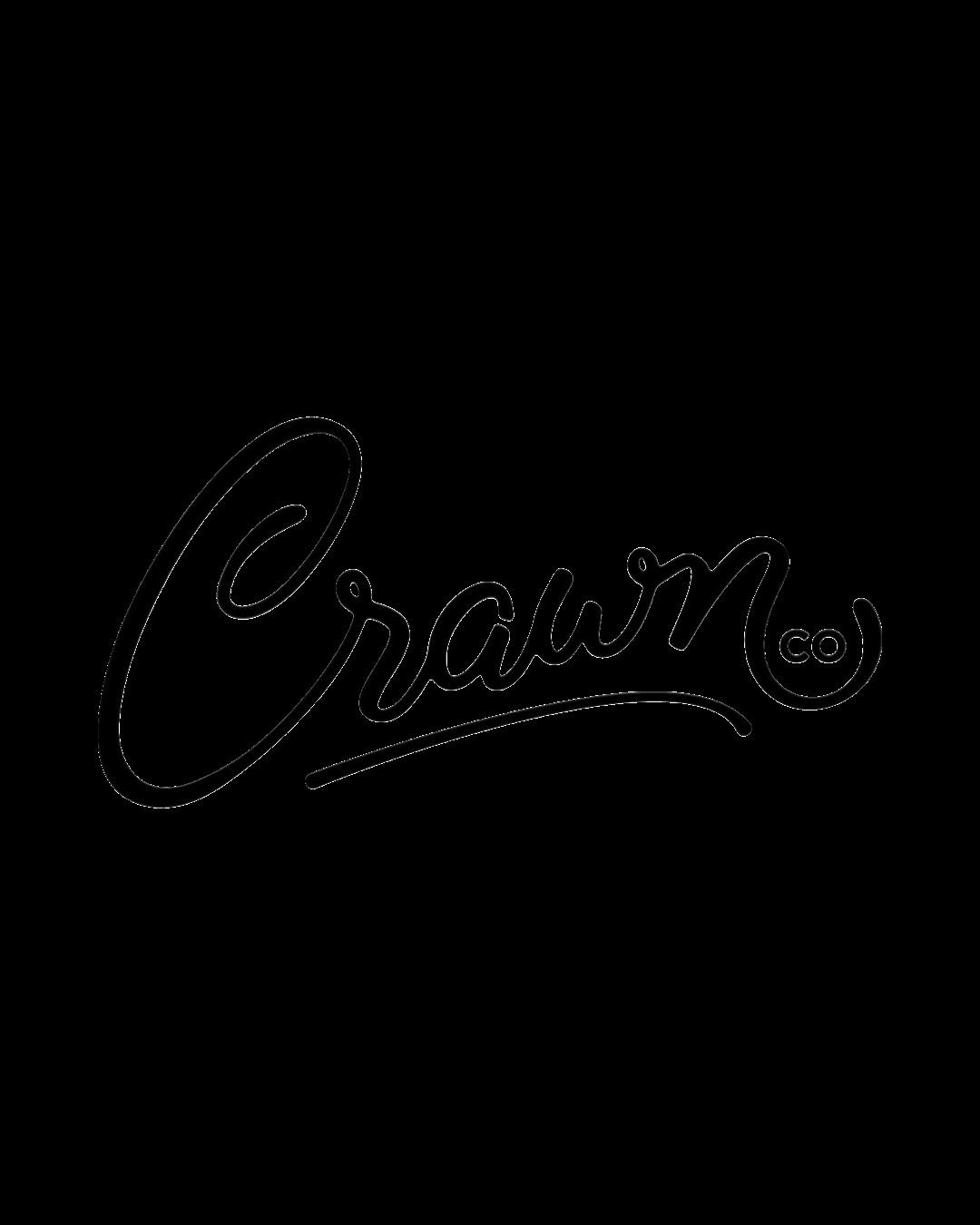
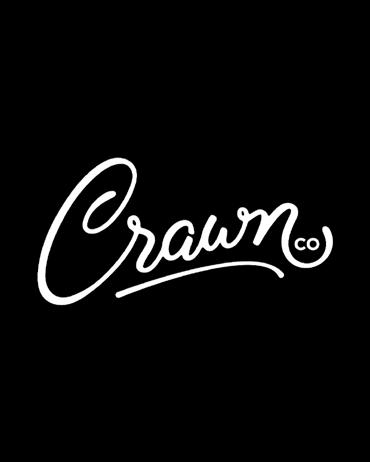


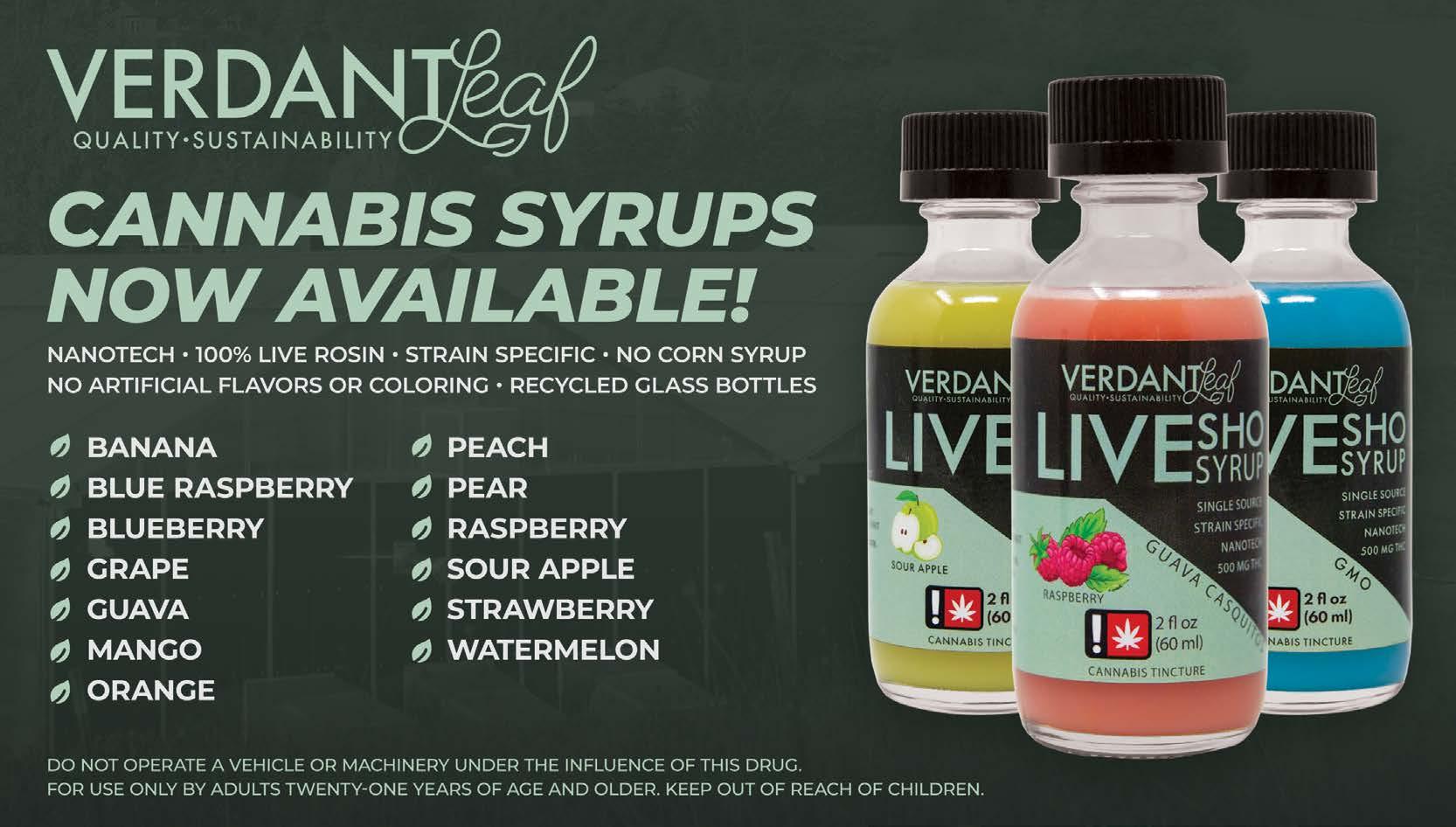

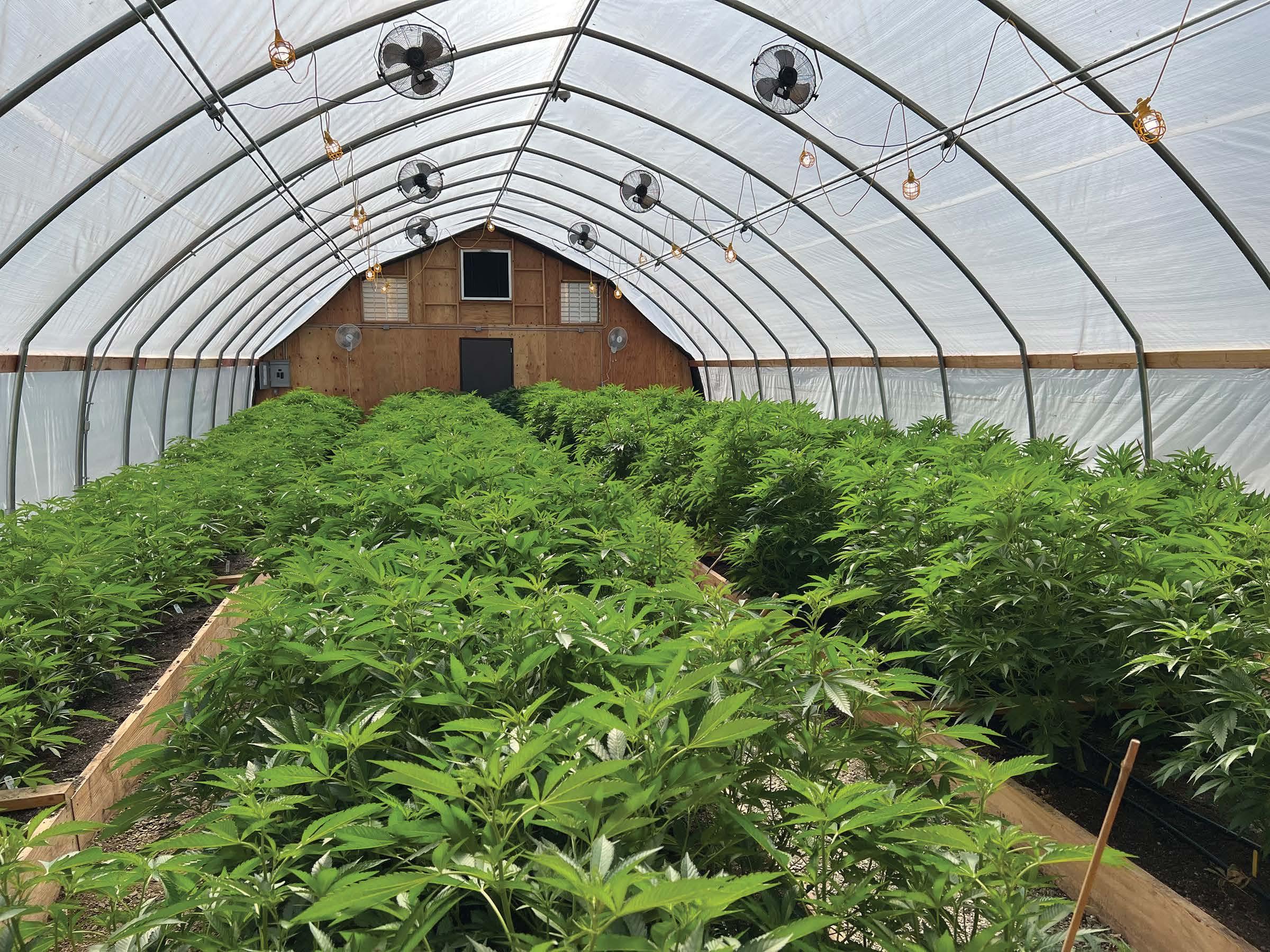

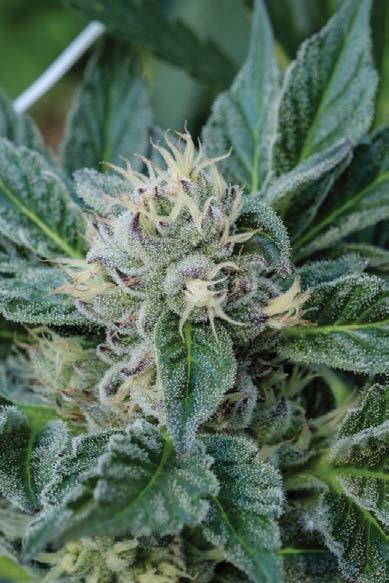










I DON’T KNOW if the guy who invented Italy’s most important contribution to the world was smoking a pepperoni-sized doob when he changed the course of civilization by going robust on the crust. Still, that champion put the chow in ciao. I mean, there are only so many ways you can embellish a burger, but with a pizza, the mouthwatering combinations are exponentially endless.
Like, you could empty your takeout box of General Tsao’s chicken for a mound on the round, pop it in the oven to completion, and you’ve invented the Chinese Pizza. I know. You’re an award-winning innovator.

Artichoke hearts, sun dried tomatoes, pineapple and broccoli all in the same bite? Oh mio dio! That means “oh my god” in the language of pizzalian. You throw on some cured meat and 18 different types of cheese — fuggedaboudit! Hell, you could throw a raw salamander on that fucker, and I’ll bet someone somewhere would eat it if it were baked in a wood-fired oven.
Maybe Leonardo Da Vinci was in the wrong business. Because I’ll bet, an 8-year-old can’t tell you who he was, but they can tell you who Mario and Luigi are. Sure, they are potentially the most popular video game characters on the planet, but I’ll bet a thousand lira that they were named after guys with spaghetti sauce stains on their wife-beaters who shout a lot.
I understand they have a tilted tower in a city called Pisa, which lends the name to what my buddies and I call the stack of leftover boxes the morning after a raging party. And if the boxes are somehow leaning, we consider that an omen from the almighty.
So, we commence a bong sesh to honor the unexplainable forces of the universe.
And then, we search for the leftover crust.

